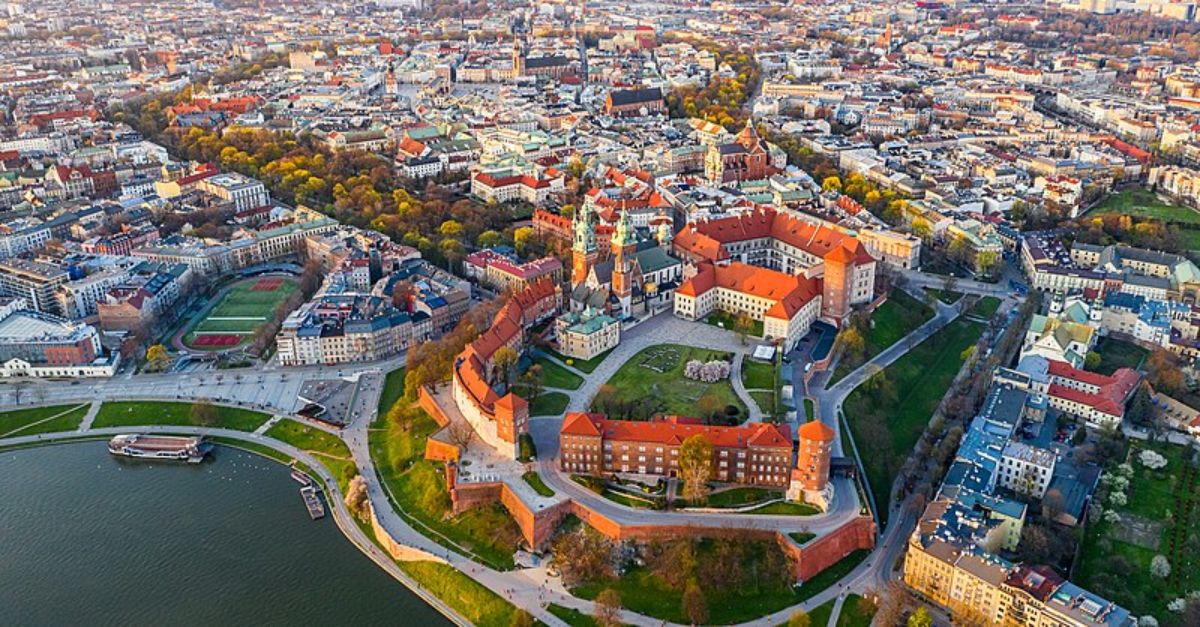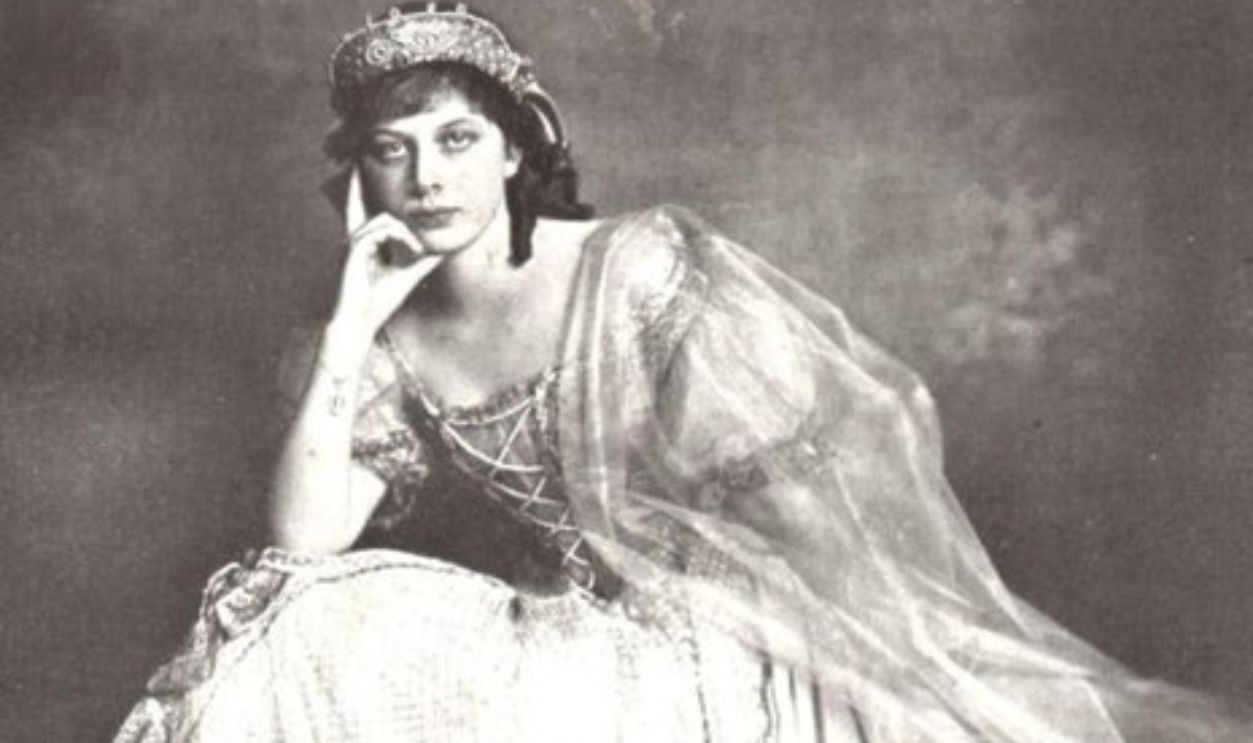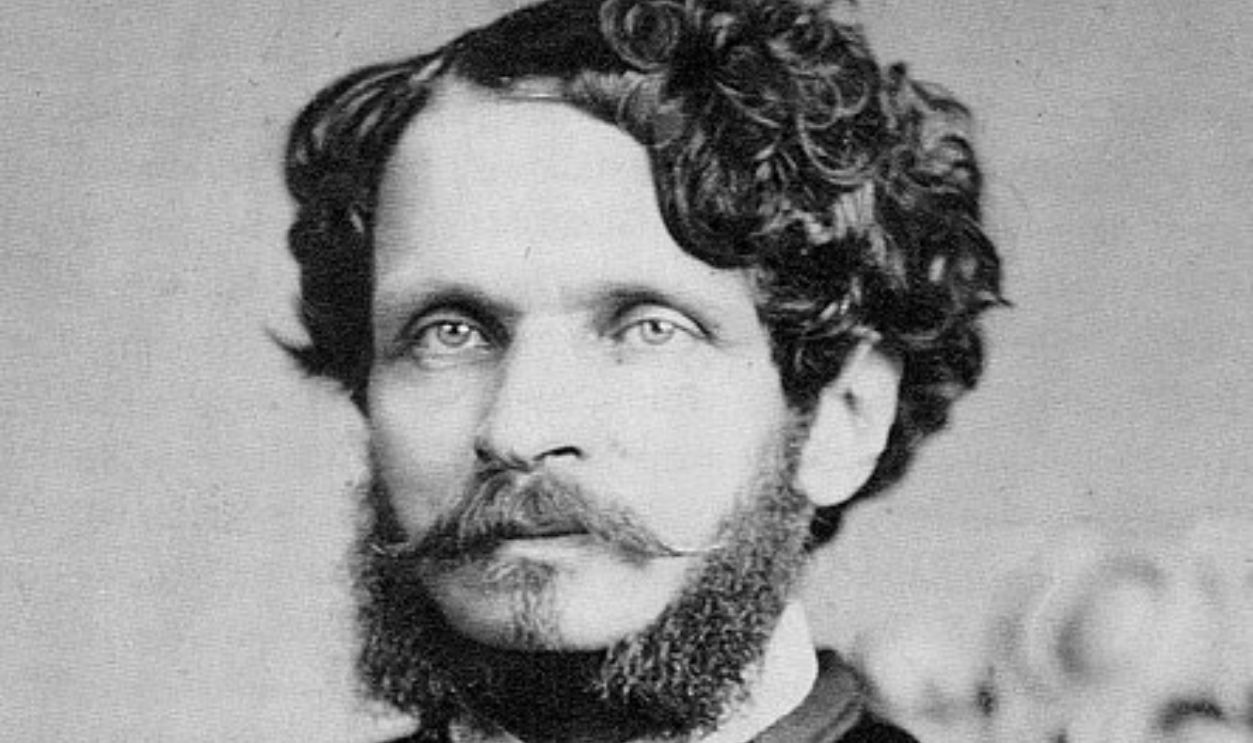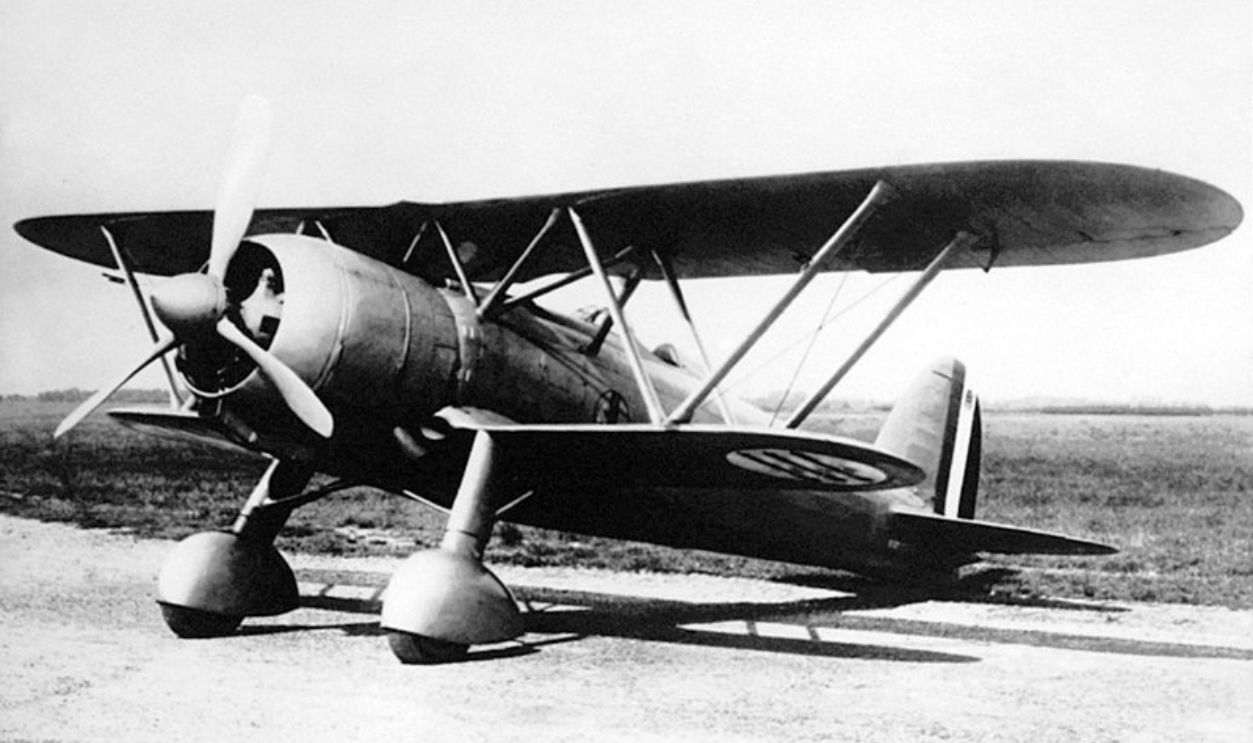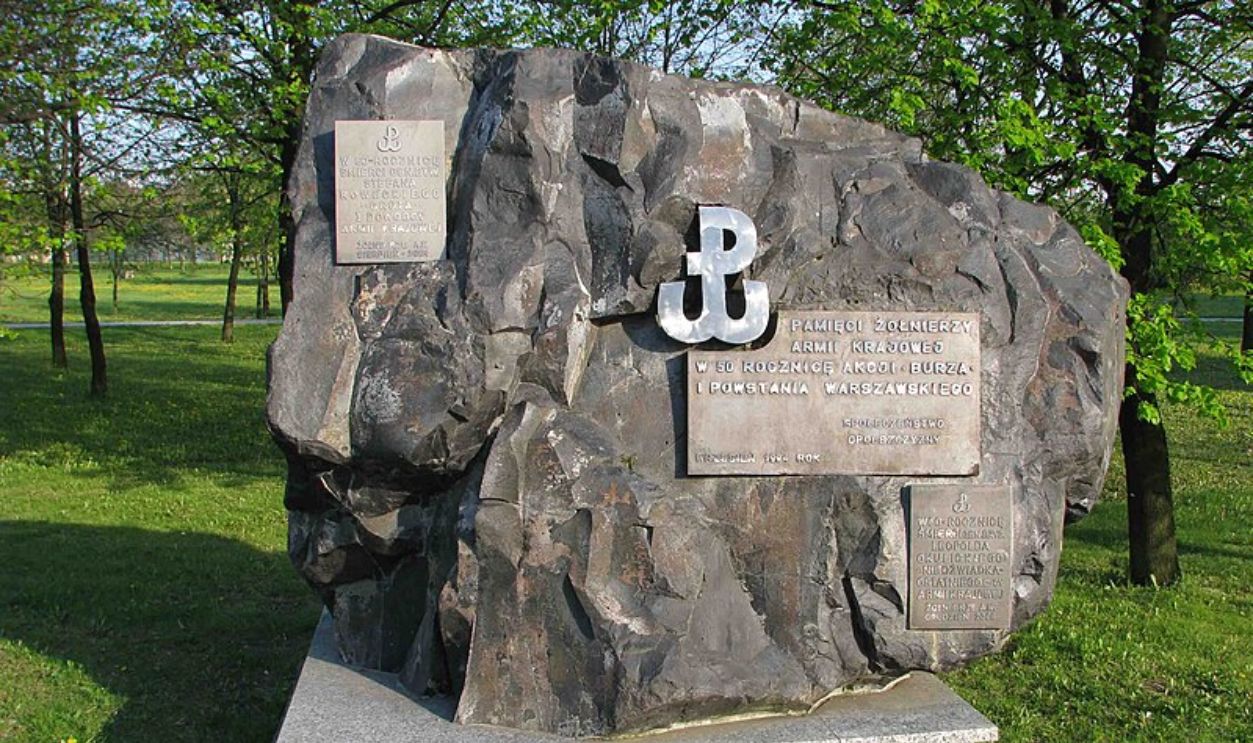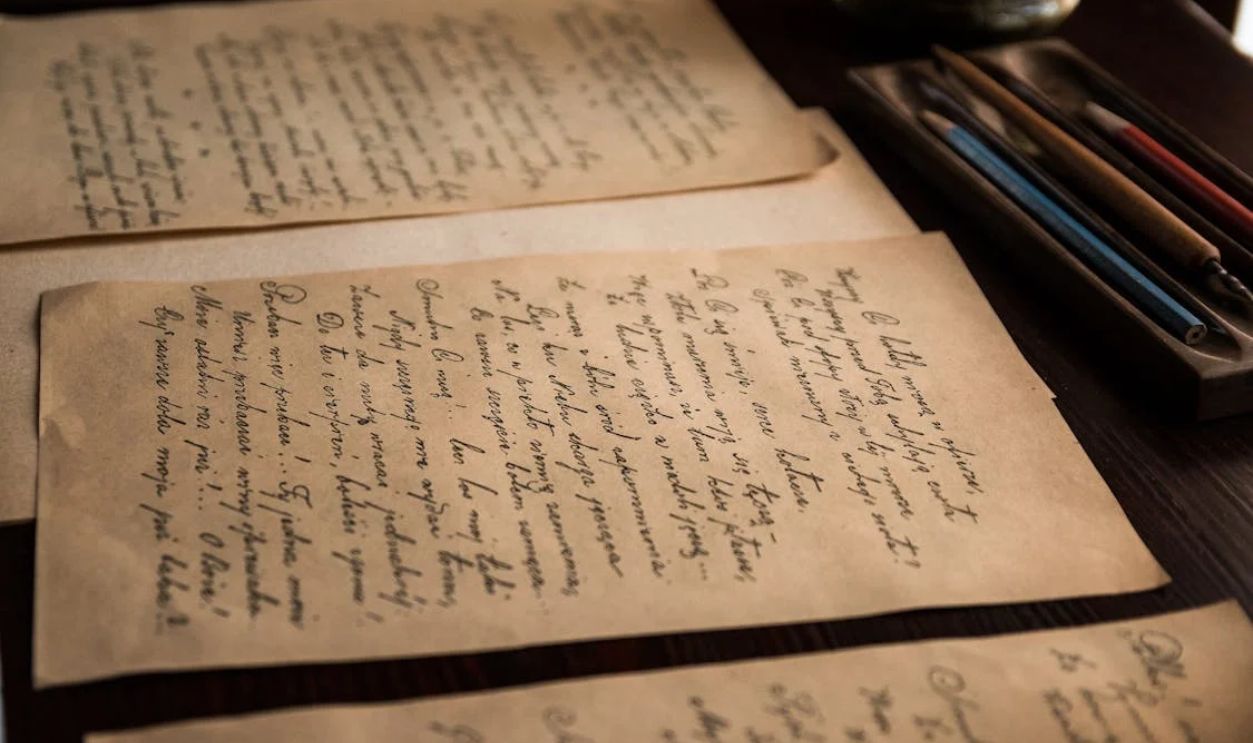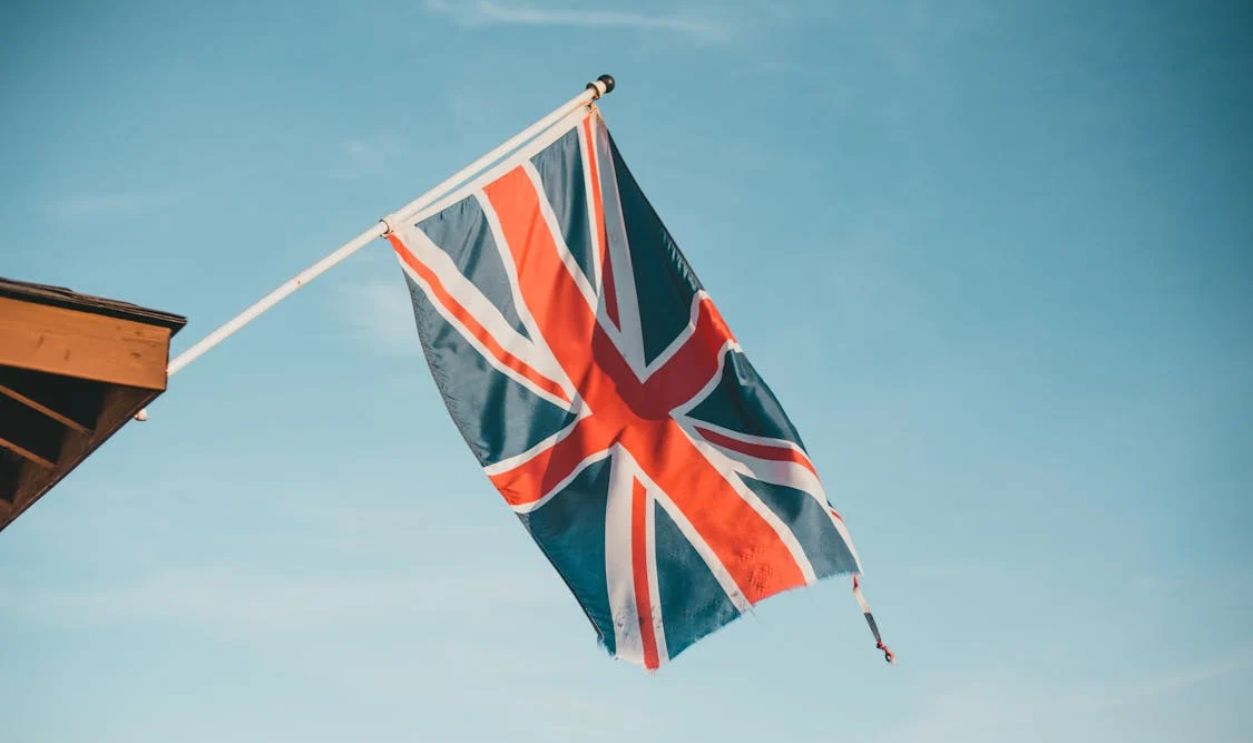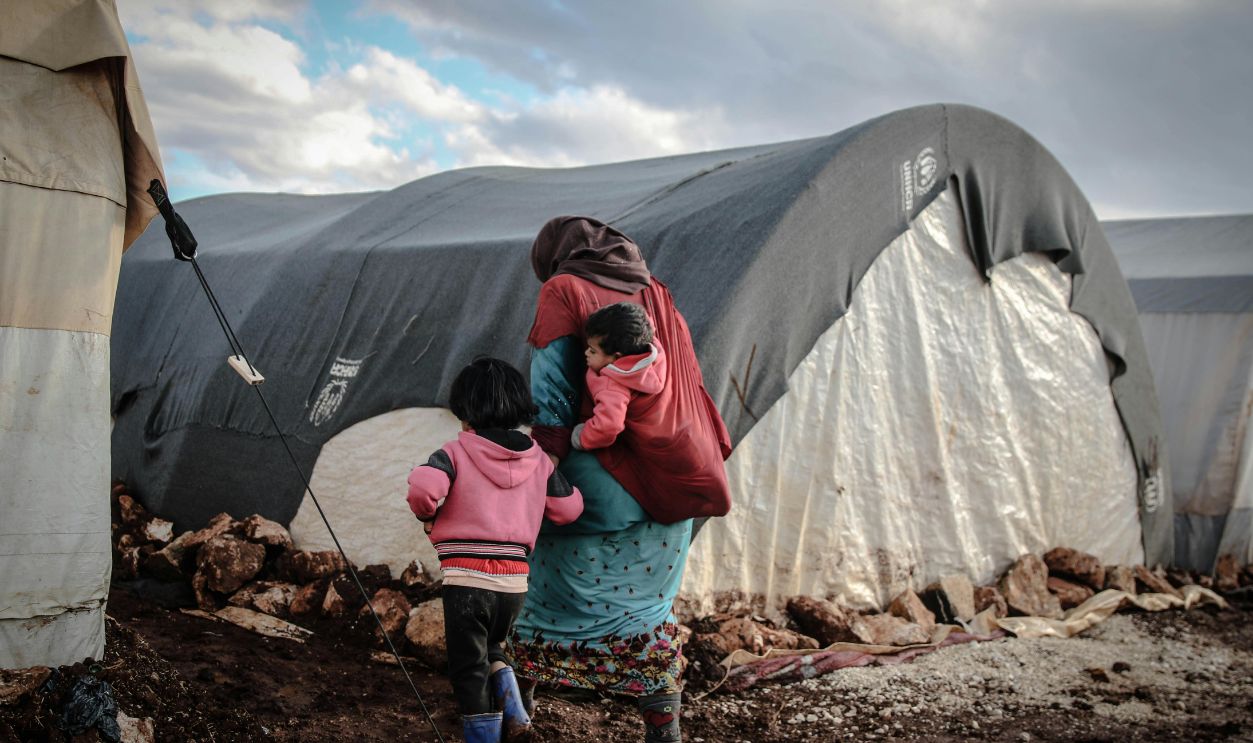Fight Against Fascist Rule
The Nazis, also members of the National Socialist German Workers' Party, were known for their atrocities and horrific injustice against the minorities. Luckily, some heroes stood up against the oppression, such as Klara Andrassy.
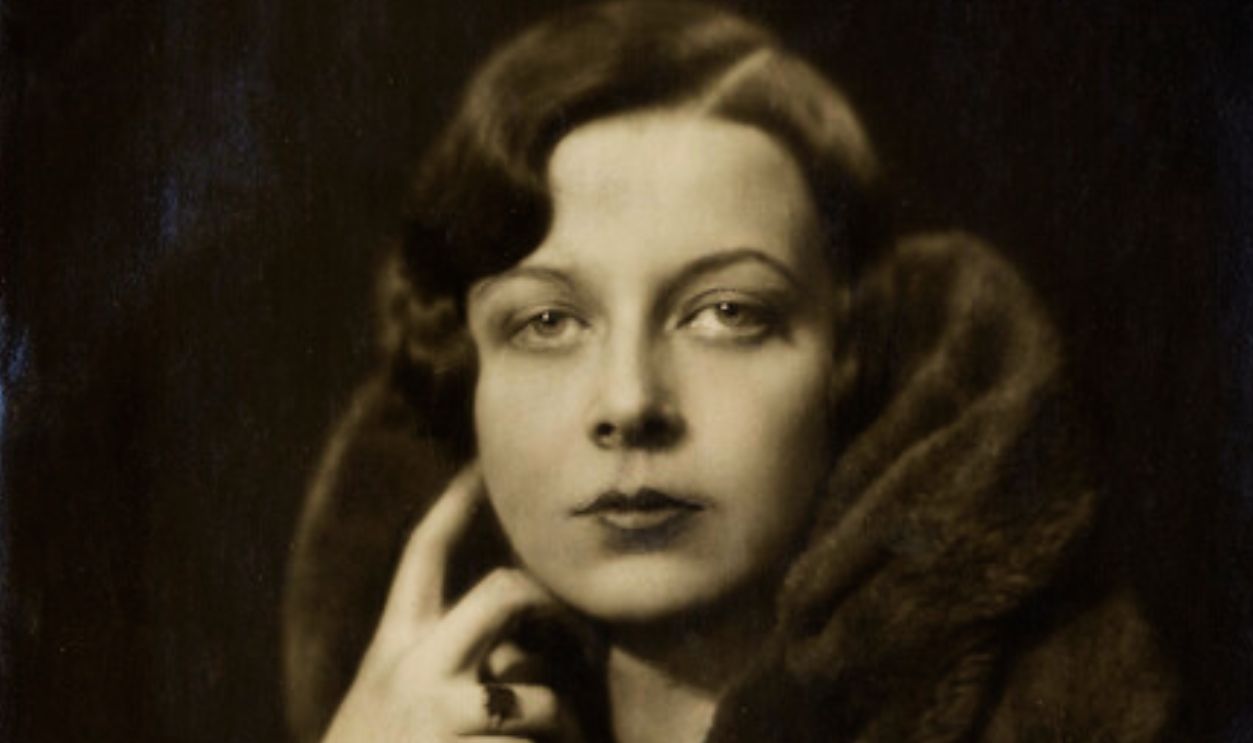
Klara Andrassy’s Heroic Stand
WWII was among the most destructive conflicts humanity has ever seen. Thankfully, various resistance figures helped persecuted individuals in a lot of ways. One such hero was Klara Andrassy, a Hungarian noblewoman who at first was defiant, but that turned out to be a good thing.
Background
Born on 18 January 1898, Hungarian noblewoman Klara Andrassy eventually turned into a communist and revolutionist in Czechoslovakia. She became a member of the Czechoslovakian Communist Party. Her father, Count Tivadar Andrassy, was a painter and politician who was the eldest son of Gyula Andrassy, Hungary's prime minister.
Her Key Role
Klara planned sabotage operations against Third Reich rail and road cargo. During an Italian air raid over Dubrovnik in 1941, she suffered severe injuries and lost both legs before passing away. She gave up her life of great privilege and made immense sacrifices against the Third Reich.
What Was The Exact Issue?
German Reich invaded Poland on September 1, 1939, which marked the beginning of WWII. The invasion was the result of years of international tension and aggressive expansion by the German Reich and Mussolini's Italy. Two days later, Britain and France announced war on Germany.
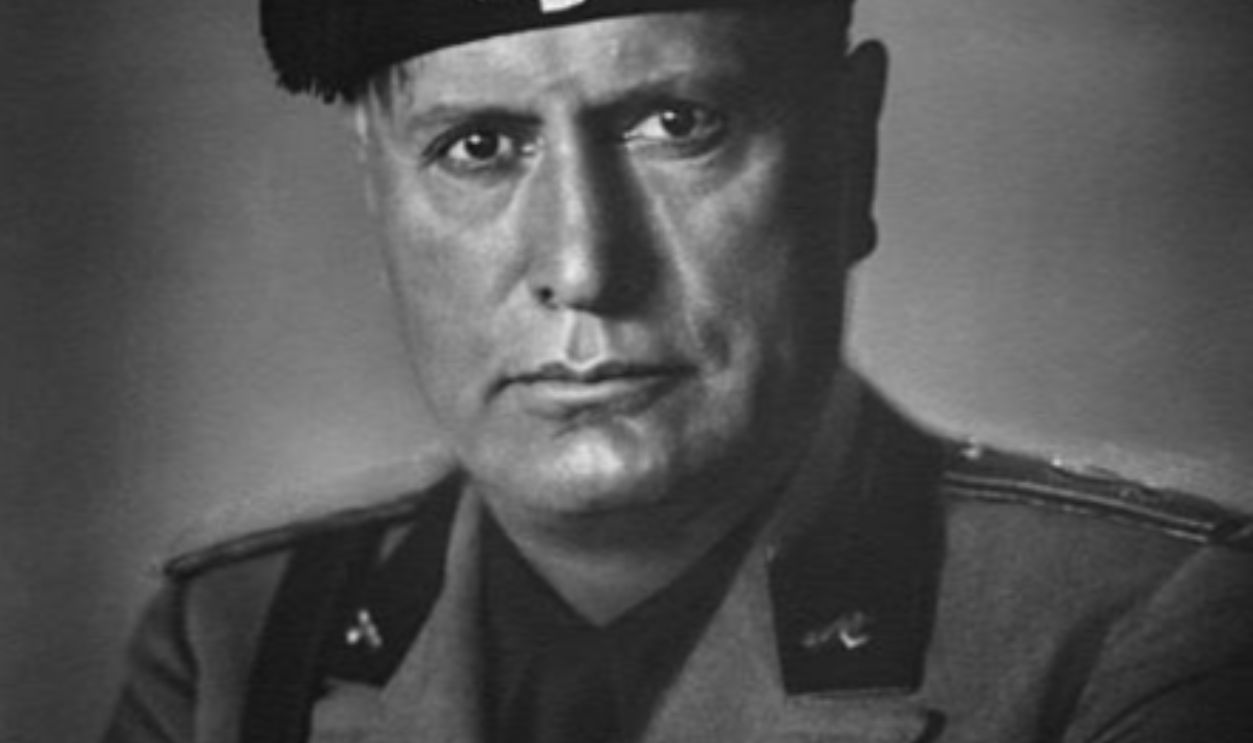 Keystone-France/Gamma-Keystone, Wikimedia Commons
Keystone-France/Gamma-Keystone, Wikimedia Commons
Klara Andrassy’s Effort
When the conflict broke out, Klara Andrassy launched a covert effort to nudge the Hungarian government, which had been officially neutral for the first two years of the fight, away from Berlin and toward London. You are not ready for this tale of bravery, but here goes.
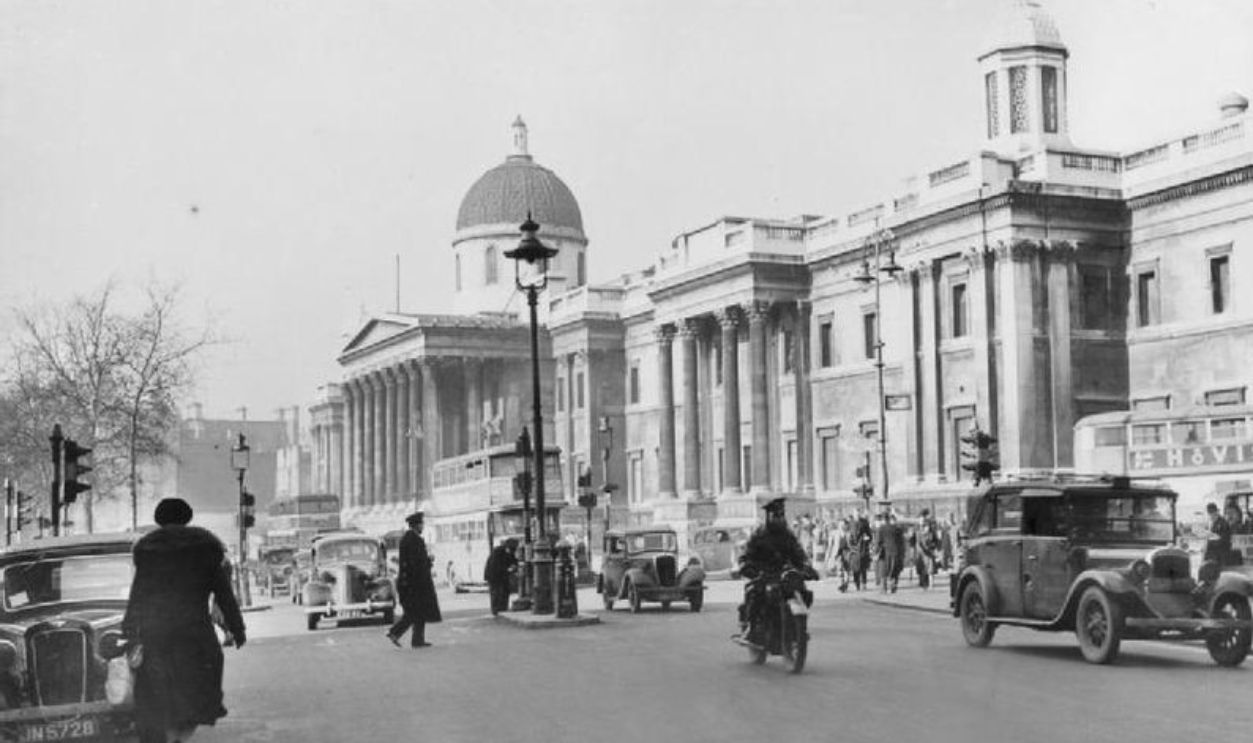 Ministry of Information Photo Division Photographer, Wikimedia Commons
Ministry of Information Photo Division Photographer, Wikimedia Commons
Andrassy Palace As The Heart of Resistance
Her residence, the Andrassy Palace on the Buda side of the Danube, became the epicenter of anti-German resistance during these defiant efforts, and she effectively became a significant British agent, supporting UK efforts to change the course of the conflict in the Allies' favor.
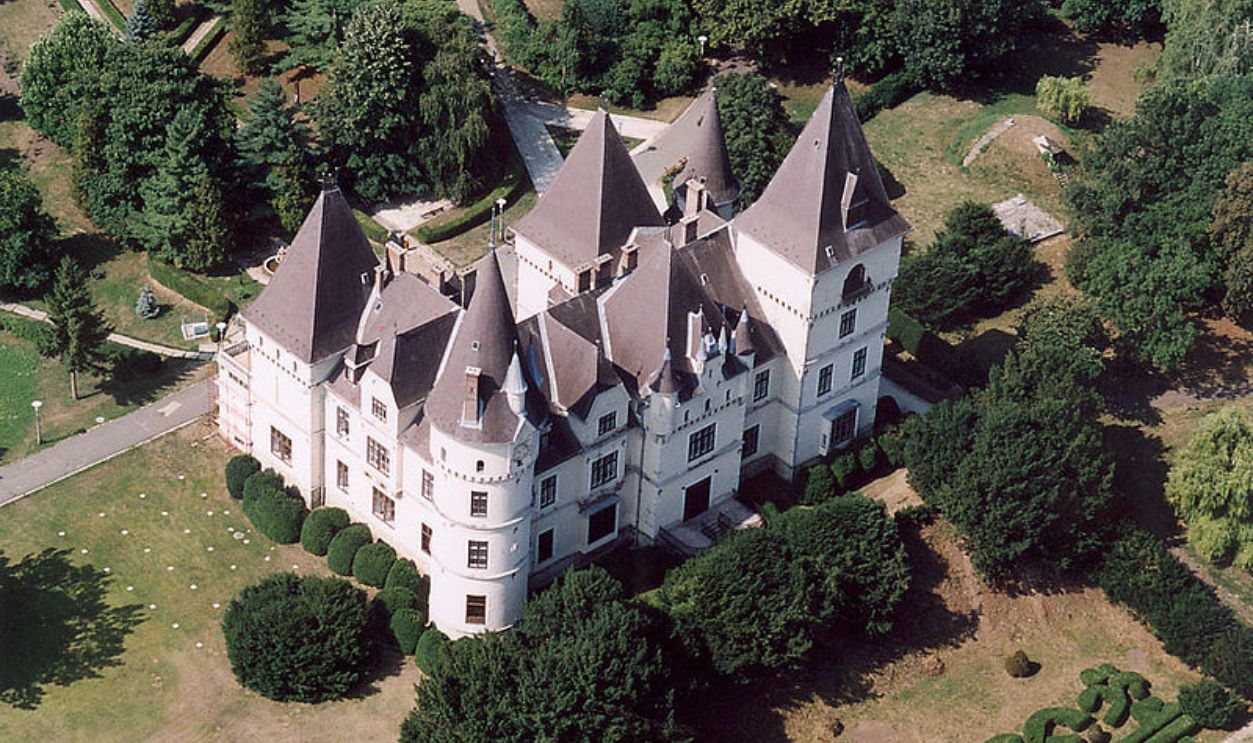 Civertan Grafik, CC BY-SA 2.5, Wikimedia Commons
Civertan Grafik, CC BY-SA 2.5, Wikimedia Commons
Her Energy
The palace, with its lengthy, dim hallways and hefty, antiquated tapestries, paintings, and furnishings, was an unexpected site of resistance. However, British relief worker Francesca Wilson reportedly stated that Klara's electric vivacity and modern outlook illuminated the depressing chambers.
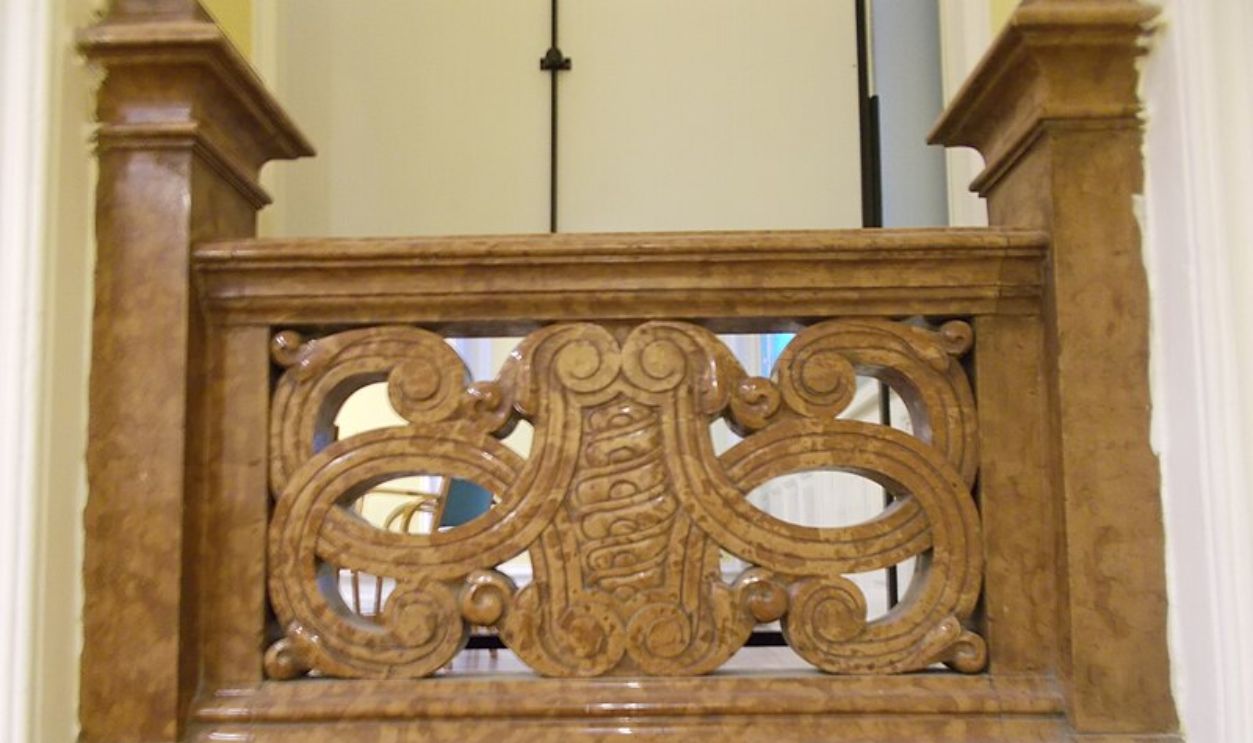 Globetrotter19, CC BY-SA 3.0 via Wikimedia Commons
Globetrotter19, CC BY-SA 3.0 via Wikimedia Commons
Owen O'Malley’s Exceptional Efforts
Owen O'Malley, the British envoy to Budapest at the time, was also involved in Klara's exceptional efforts, which are still largely unknown in the West. After all, at the time, Britain was at battle with Germany and Italy but not with Japan or Hungary.
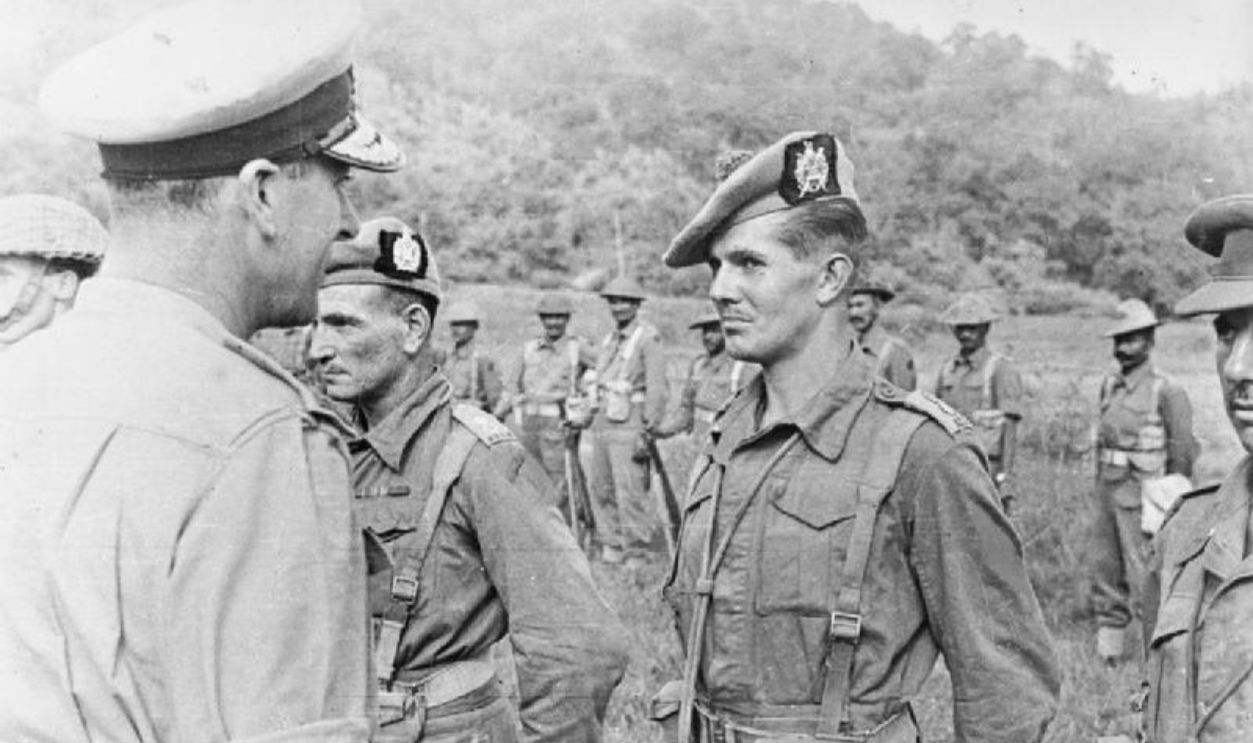 No 9 Army Film & Photographic Unit, Wikimedia Commons
No 9 Army Film & Photographic Unit, Wikimedia Commons
British And Polish Resistance Operations In Budapest
Significant stations for the Special Operations Executive (SOE) and Secret Intelligence Service (SIS) were located in the prominent British Legation in the old Castle Quarter. For a while, the government tolerated these agencies' operations. Meanwhile, the Polish resistance operated a covert radio network and a courier service to London.
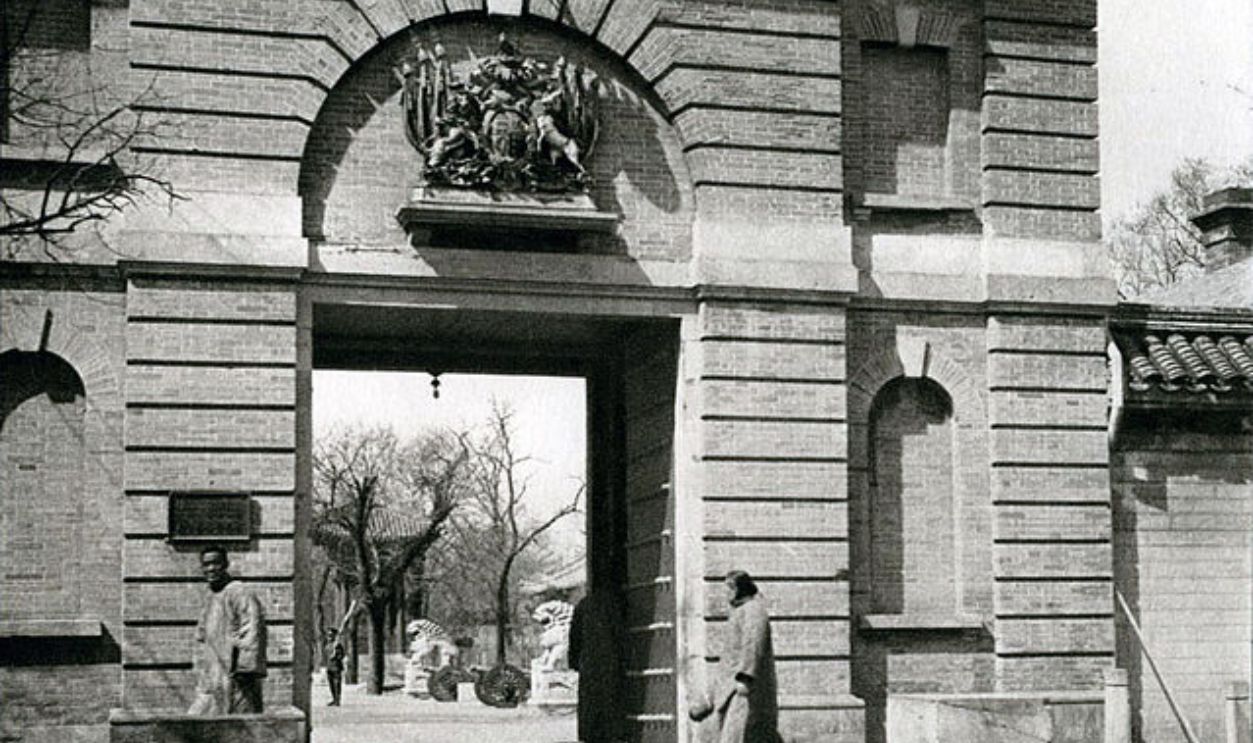 Ellen Catleen, Wikimedia Commons
Ellen Catleen, Wikimedia Commons
Budapest As A Hub For Spies
Budapest apparently had become central Europe's Casablanca. British and Third Reich officials swarmed diplomatic and Hungarian government receptions, watching, listening, and observing. In the meantime, numerous rival intelligence services occupied the city's glitzy nightclubs and riverbank cafes.
 Christo, CC BY-SA 4.0, Wikimedia Commons
Christo, CC BY-SA 4.0, Wikimedia Commons
German Pressure Rises
By the spring of 1941, the Hungarian admiral and statesman Miklos Horthy's stance started to change as Hungary's neutrality became more and more untenable. Klara and the Andrassy Palace were under more hostile watch by German operatives in the city, and the battle was looming larger and larger over Budapest.
 Magyar Filmiroda, Wikimedia Commons
Magyar Filmiroda, Wikimedia Commons
Horthy's 1941 Decision Endangered Klara
She thought she was safe as long as Horthy was in charge. Though the two nations had recently signed a Treaty of Eternal Friendship, all changed in early April 1941 when Adolf Hitler allowed German invasion forces to travel through Hungary on their way to Yugoslavia safely.
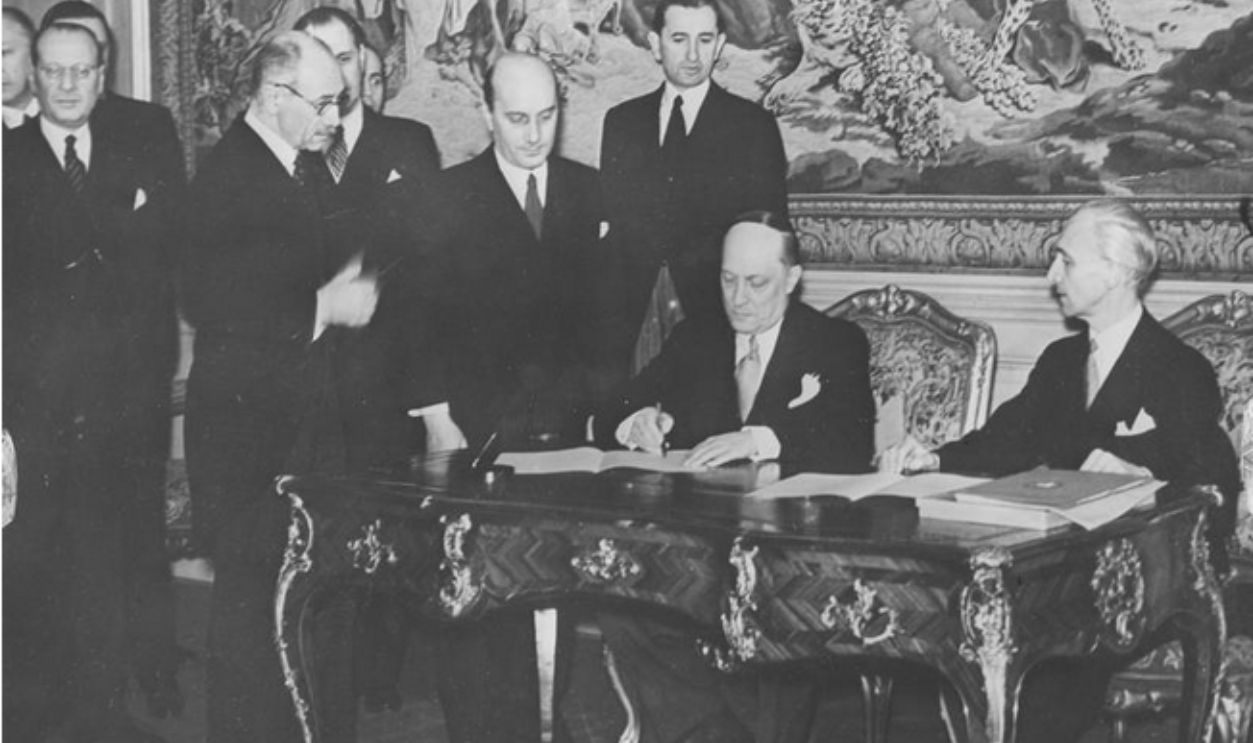 Unknown author, Wikimedia Commons
Unknown author, Wikimedia Commons
British Backlash
Late Prime Minister of Hungary, Pal Teleki, took his own life in protest sometime in the early hours of April 3. O'Malley went to Horthy the following day in a rage to tell him that Britain was now terminating diplomatic ties.
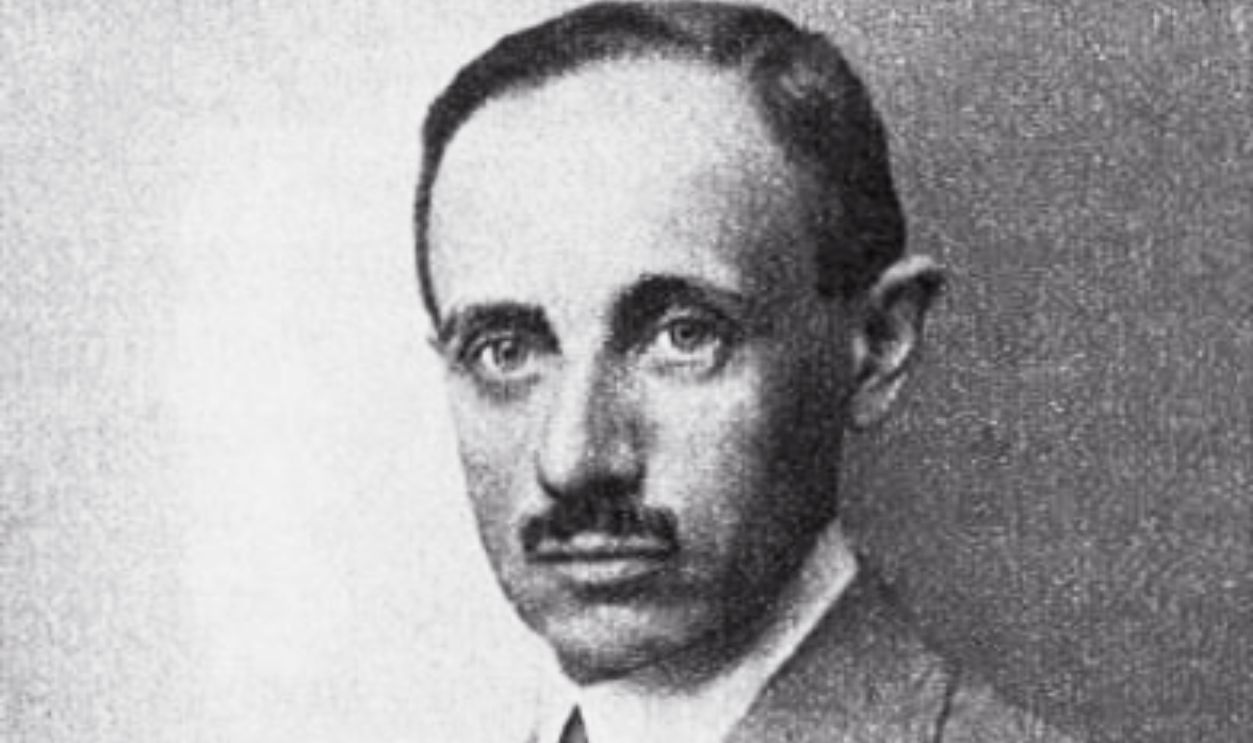 Unknown author, Wikimedia Commons
Unknown author, Wikimedia Commons
Condemnation By O'Malley
O'Malley declared that the Hungarian leader would be covered in a well-deserved contempt and dishonor for his actions, claiming that Hungary had served as a jackal for the German lion. The Germans' arrival put Klara and her friend, Countess Erzsebet Szapary, in great danger.
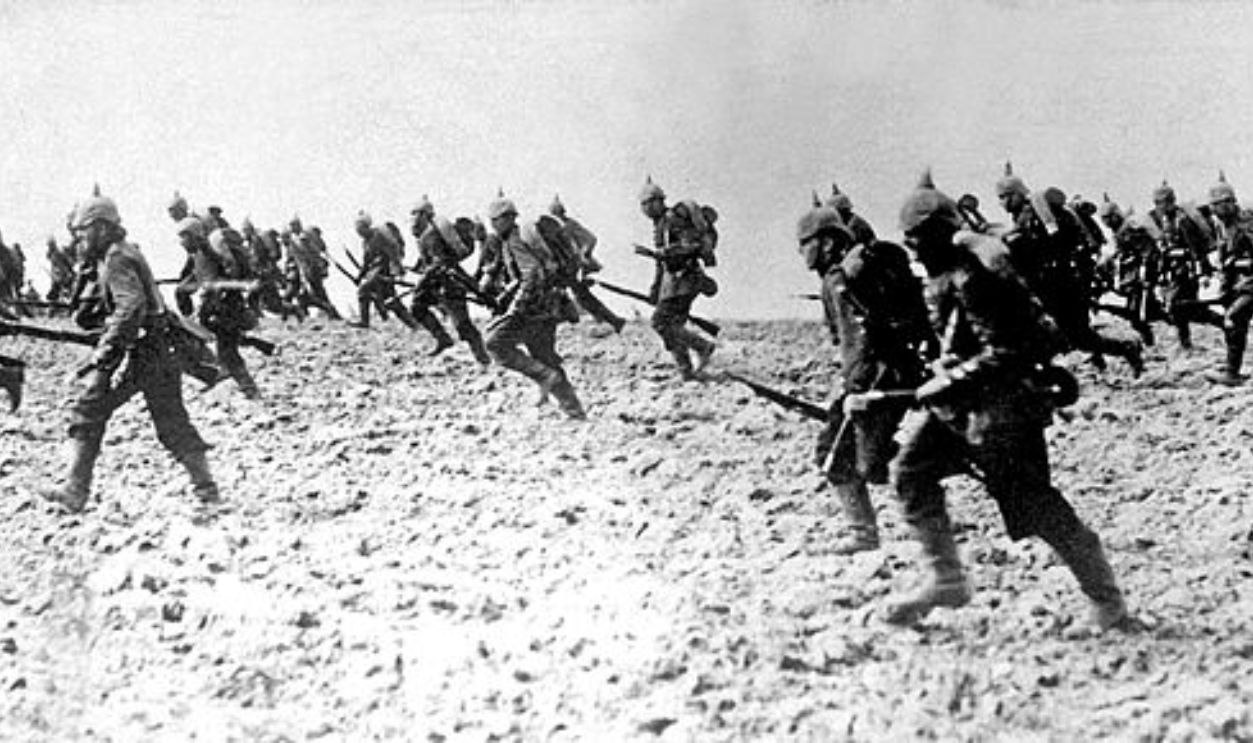 Underwood & Underwood. (US War Dept.), Wikimedia Commons
Underwood & Underwood. (US War Dept.), Wikimedia Commons
O'Malley Arranges Klara's Escape
O'Malley told London that the Embassy would pay for the two women's travel expenses and that they were departing for England right away. Countess Szapary ultimately chose to remain in Budapest. Klara left with the Naval Attache, Captain Larkin, to England, then Dubrovnik.
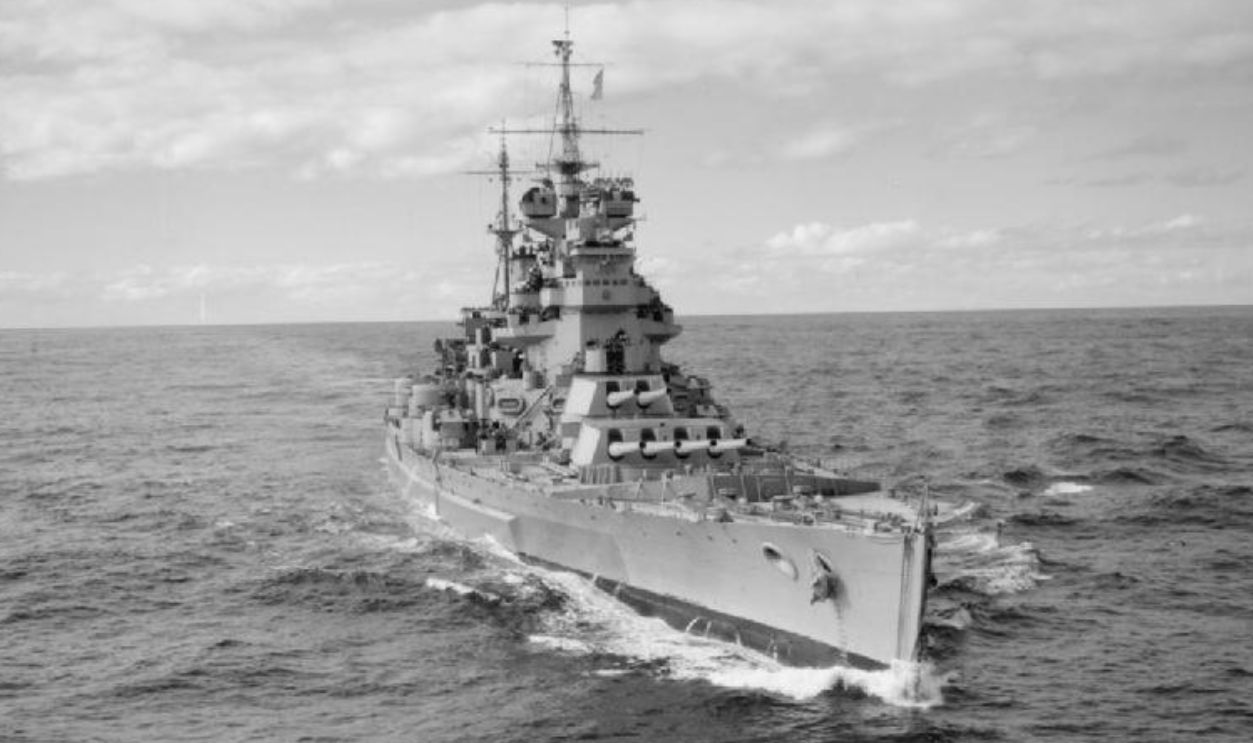 Royal Navy official photographer, Wikimedia Commons
Royal Navy official photographer, Wikimedia Commons
Klara Reaches Dubrovnik
They reached Dubrovnik, on the Croatian coast about a week later after a protracted and perilous trek over the Balkans. Then, an unprecedented Italian air raid hit Dubrovnik in 1941 while she was still there. This attack was part of the broader conflict in the Adriatic Sea during WWII.
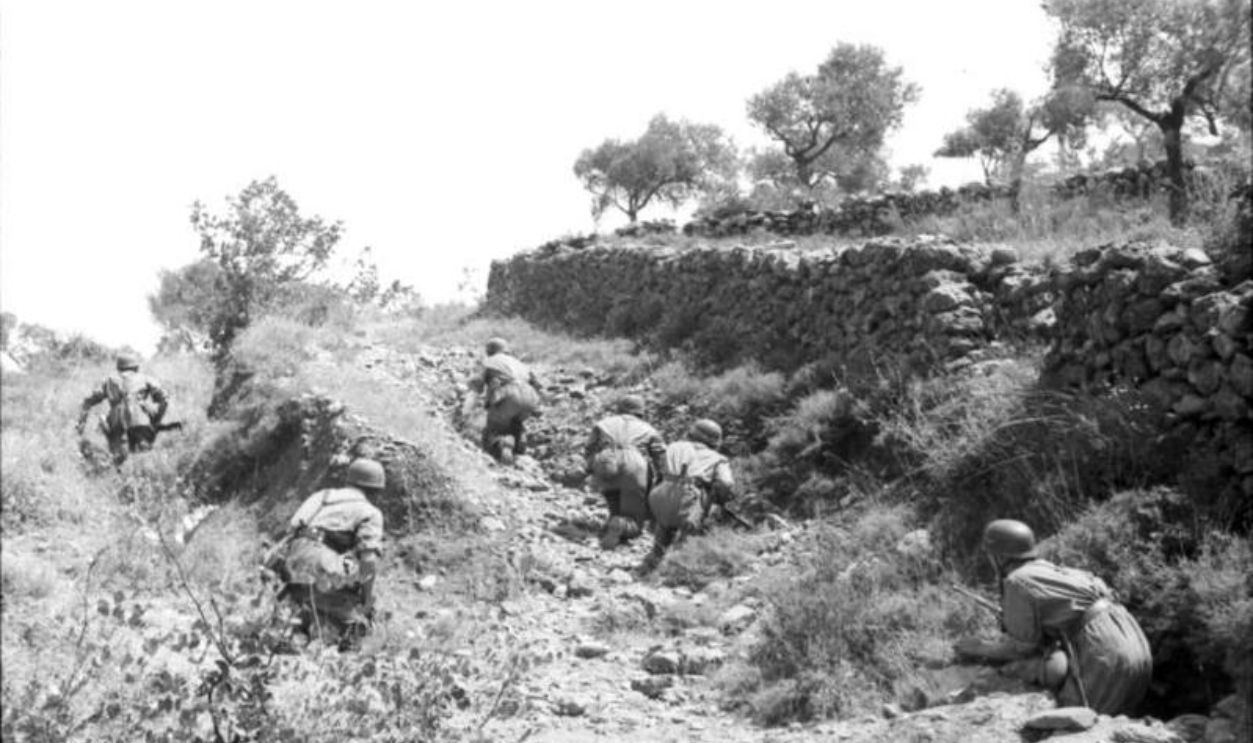 Bundesarchiv, Bild 101I-166-0508-31 / Weixler, Franz Peter, CC BY-SA 3.0 DE, Wikimedia Commons
Bundesarchiv, Bild 101I-166-0508-31 / Weixler, Franz Peter, CC BY-SA 3.0 DE, Wikimedia Commons
Klara’s Whereabouts Remained Unknown To O’Malley
O'Malley arrived in allied Moscow on April 16, 1941. They had nothing when he inquired about the Foreign Office's knowledge of Klara. The British Legation in Athens responded that there was no update when the Foreign Office inquired about her safe arrival. Little did they know that she…
 dronepicr, CC BY 2.0, Wikimedia Commons
dronepicr, CC BY 2.0, Wikimedia Commons
Was Nursing Injuries
The Italian air force that had struck Dubrovnik on Easter Sunday, April 12, 1941, left Klara admitted to the hospital after suffering serious injuries to her head and leg while she was out on the main street when the bombs fell. Unfortunately, she didn't make it out alive.
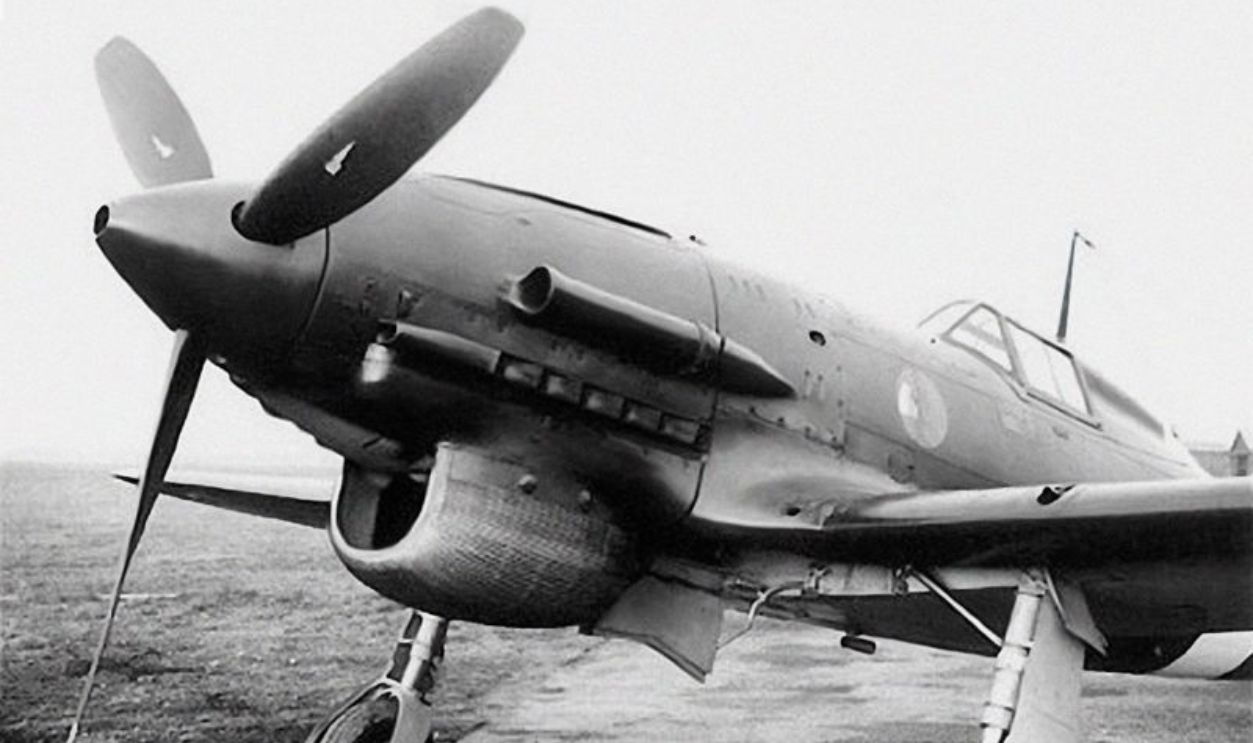 Unknown author, Wikimedia Commons
Unknown author, Wikimedia Commons
Klara’s Battle Against Fascism
Klara Andrassy’s courageous stand was part of a broader struggle against Nazi oppression. While she fought to resist German influence in Hungary, the expansion of the Third Reich was already in motion. One of the key turning points that set the stage for WWII was the invasion of Poland.
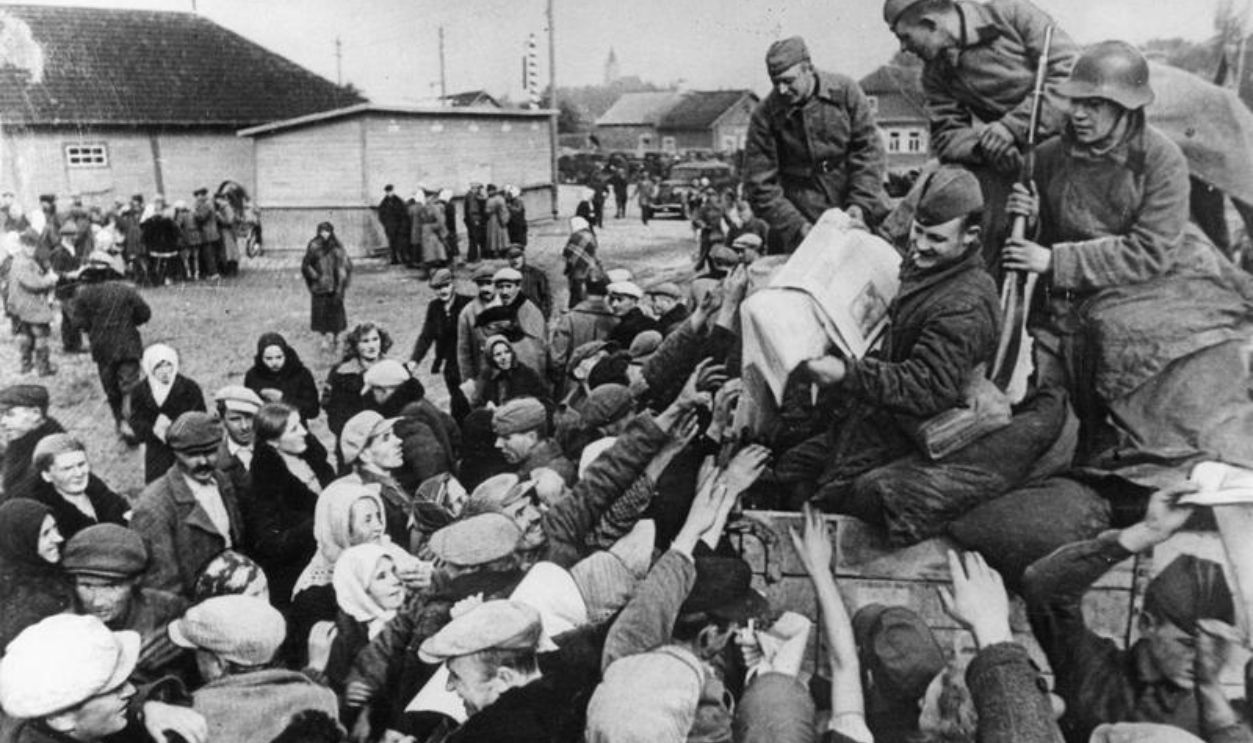 Planet News photographer, Wikimedia Commons
Planet News photographer, Wikimedia Commons
The Invasion That Sparked A Global War
On September 1, 1939, Germany launched its assault on Poland, setting off a chain reaction that plunged the world into battle. The invasion, a calculated move driven by years of rising tensions, marked the beginning of WWII. Here’s how it unfolded.
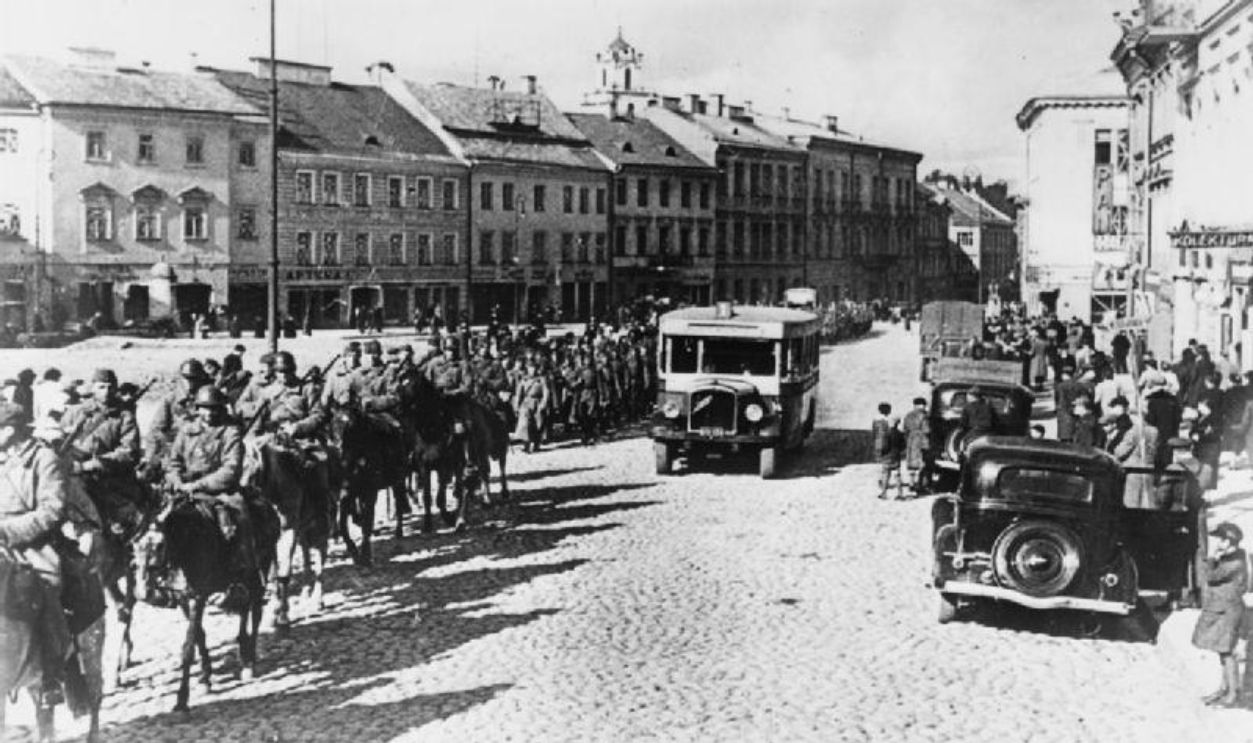 Press Agency photographer, Wikimedia Commons
Press Agency photographer, Wikimedia Commons
The German Invasion
The invasion of Poland by Germany took place on September 1, 1939, just a week after Germany and the Soviet Union inked the Molotov–Ribbentrop Pact and the day after the Soviet Union's Supreme Soviet had approved it. One of the objectives of the invasion was to divide Polish territory.
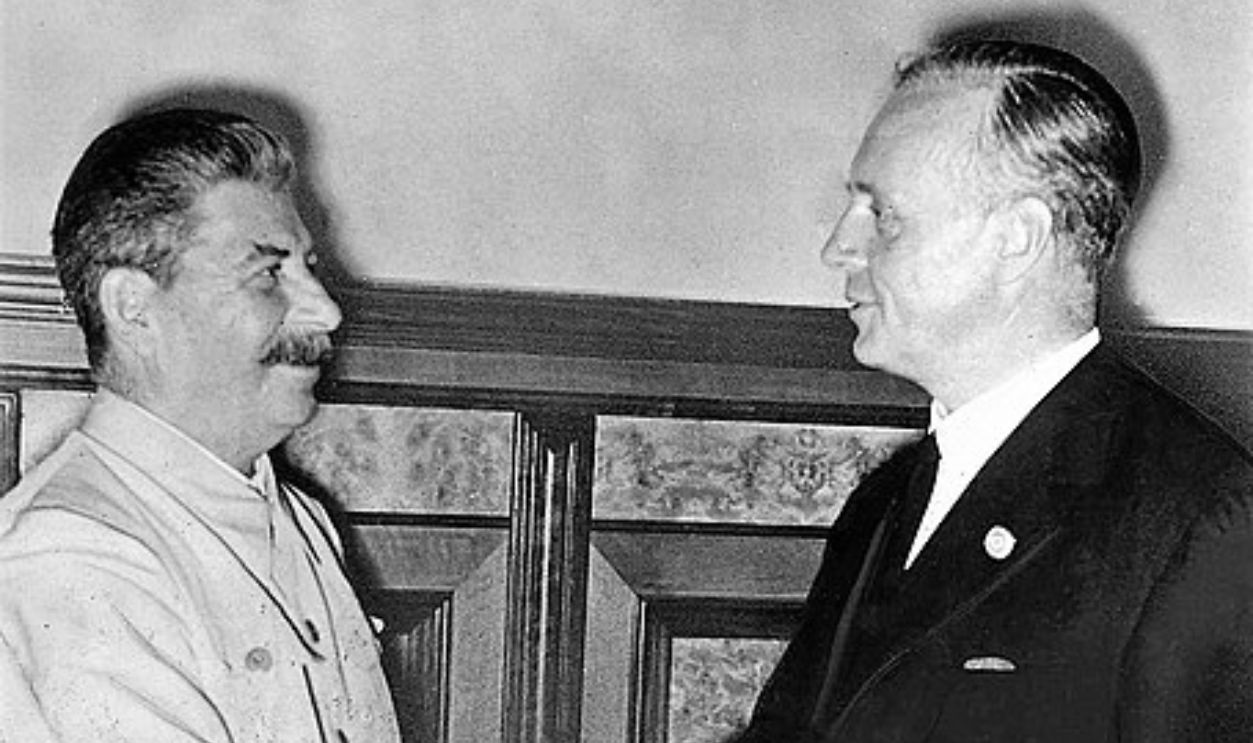 Bundesarchiv, Bild 183-H27337, CC BY-SA 3.0 DE, Wikimedia Commons
Bundesarchiv, Bild 183-H27337, CC BY-SA 3.0 DE, Wikimedia Commons
They Split Poland With The Help Of The USSR
Poland was invaded by the Soviet Union on September 17, 1939. Come October 6, the campaign came to an end when the German-Soviet Frontier Treaty was signed, which saw Germany and the Soviet Union split and seize all of Poland.
 Unknown author, Wikimedia Commons
Unknown author, Wikimedia Commons
Germany Invades Poland As Troops Push Eastward
The morning following the Gleiwitz incident, German forces invaded Poland from the north, south, and west. Slovak troops moved forward with the Germans in northern Slovakia. As the German army advanced, Polish forces retreated from their positions near the border to stronger defensive lines further east.
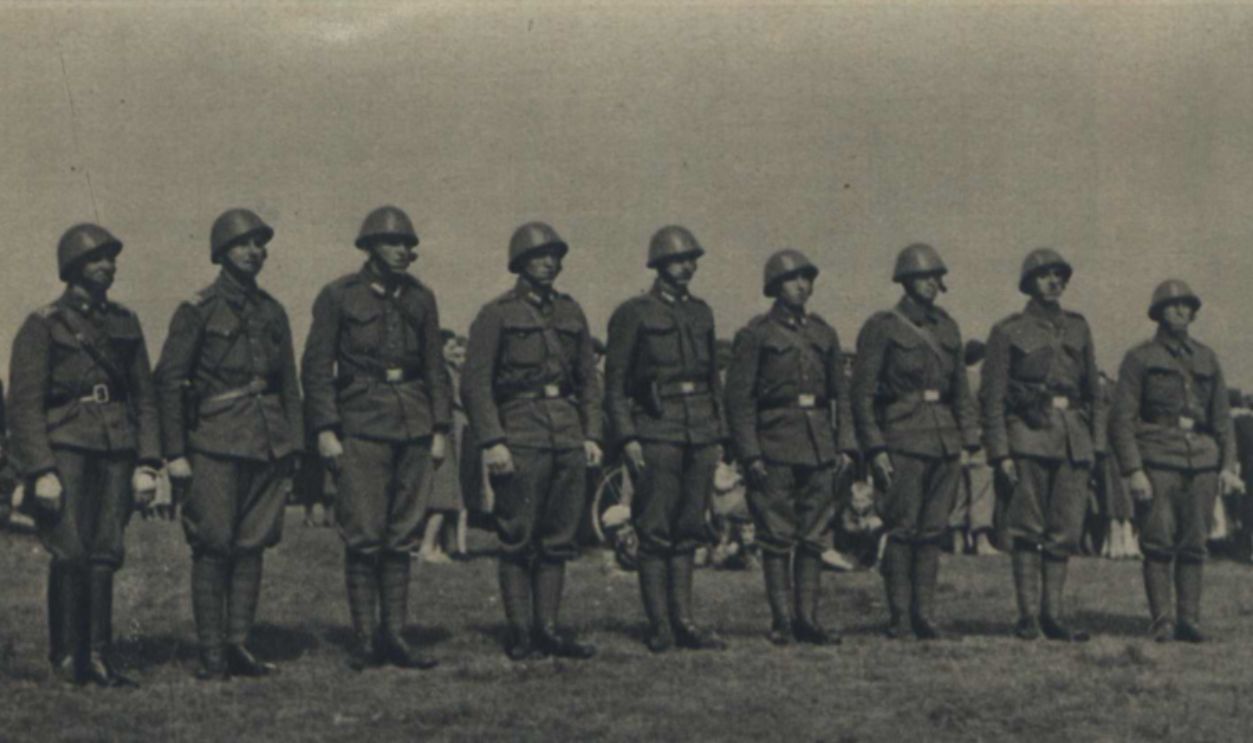 Nový svet issue 20 (07.10.1939), Wikimedia Commons
Nový svet issue 20 (07.10.1939), Wikimedia Commons
Polish Forces Retreat, Await Allied Support
The Germans gained an undeniable advantage following the Polish defeat during the Battle of the Bzura in mid-September. After that, Polish forces moved to the southeast, where they awaited anticipated assistance and support from France and the UK while preparing for a protracted defense of the Romanian Bridgehead.
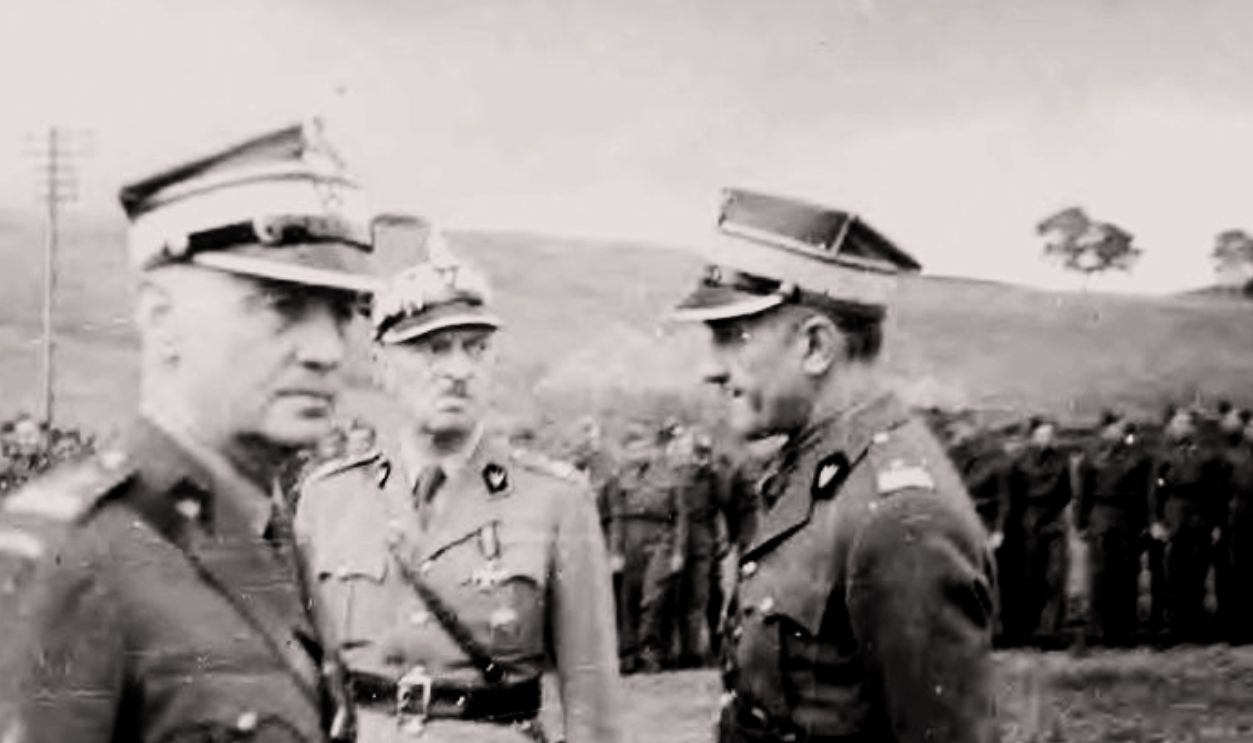 Scotch Mist, CC BY-SA 4.0, Wikimedia Commons
Scotch Mist, CC BY-SA 4.0, Wikimedia Commons
UK And France Declare Conflict
The United Kingdom and France declared conflict with Germany on September 3rd, in accordance with their alliance commitments with Poland. They provided limited assistance to Poland. In the Saar Offensive, France invaded a small portion of Germany, and the Polish army was defeated before the British Expeditionary Force could be shipped to Europe.
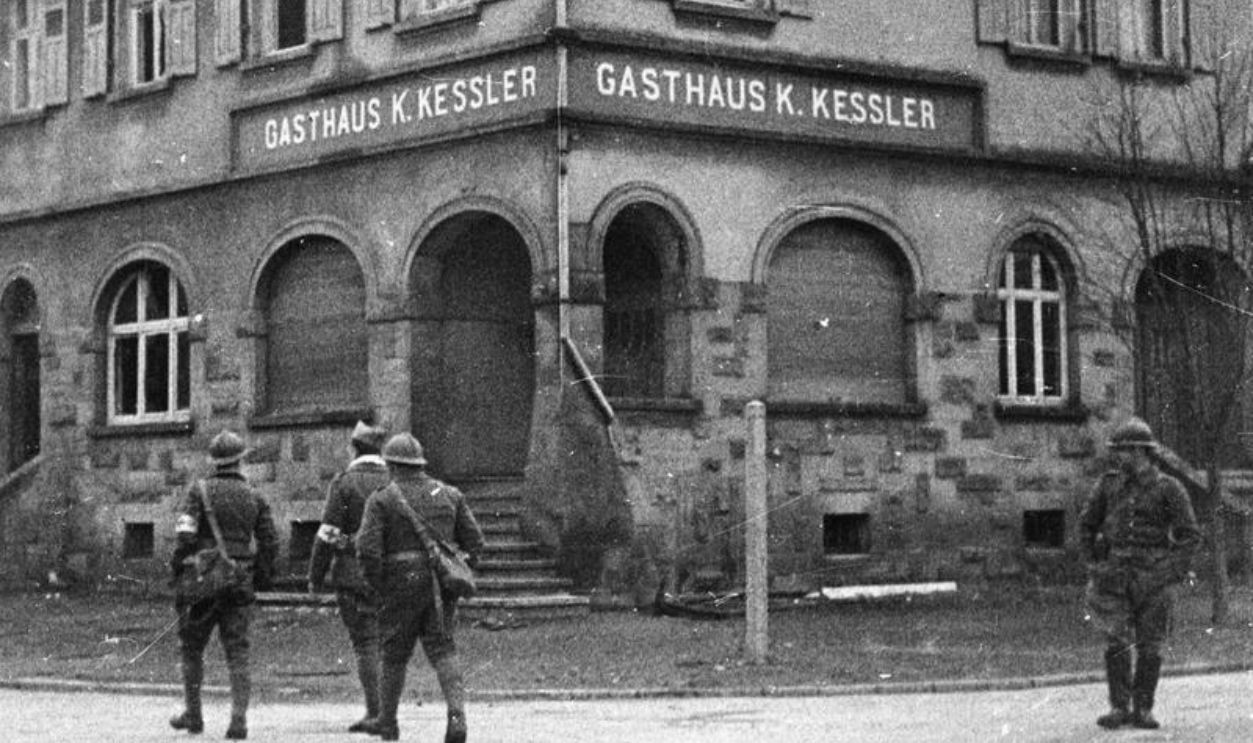 Press Agency photographer, Wikimedia Commons
Press Agency photographer, Wikimedia Commons
Soviet Invasion Shatters Polish Defense Strategy
The Polish defense strategy was rendered obsolete on September 17th when the Soviet Red Army invaded Eastern Poland, which was the region outside the Curzon Line that was included in the Soviet sphere of influence as defined by the covert Molotov–Ribbentrop Pact protocol.
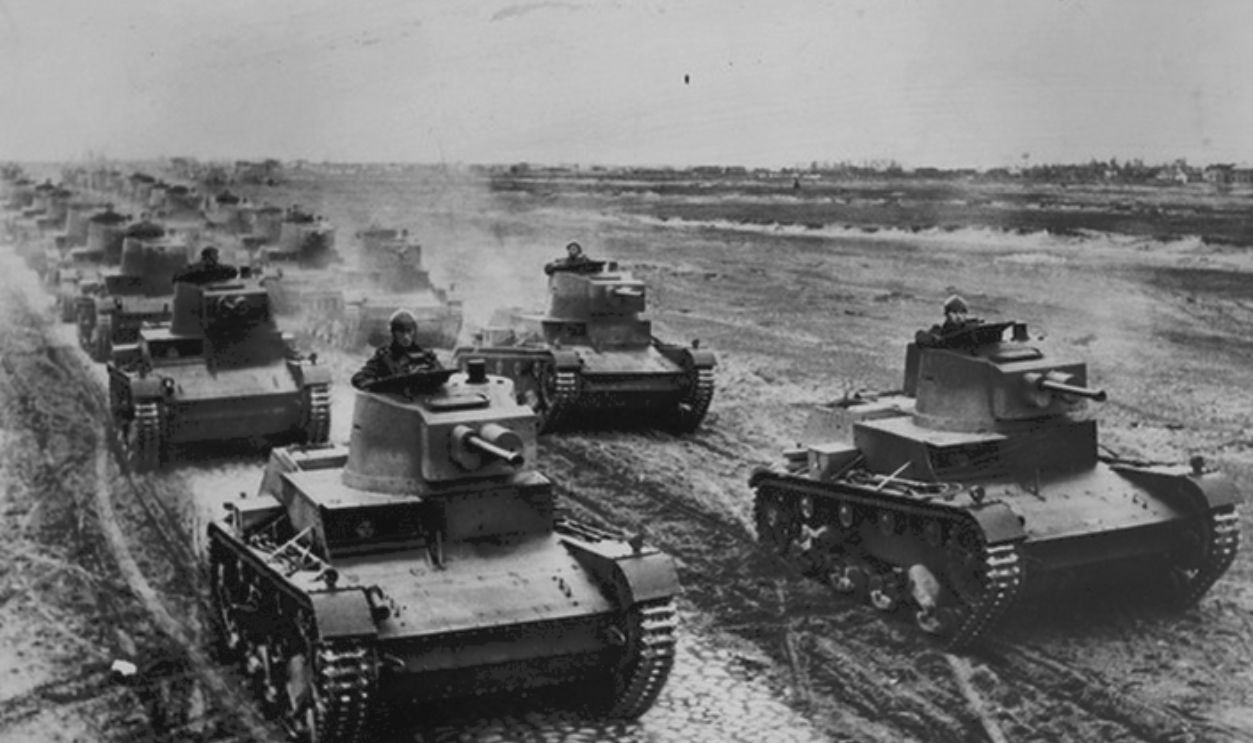 Unknown author, Wikimedia Commons
Unknown author, Wikimedia Commons
Poland Falls As Veterans Evacuate To Romania
The Polish leadership decided it was no longer possible to defend the Romanian Bridgehead in the face of a second front and ordered all veterans to evacuate immediately to neutral Romania. After Poland lost the Battle of Kock, German and Soviet forces took complete control of Poland on October 6.
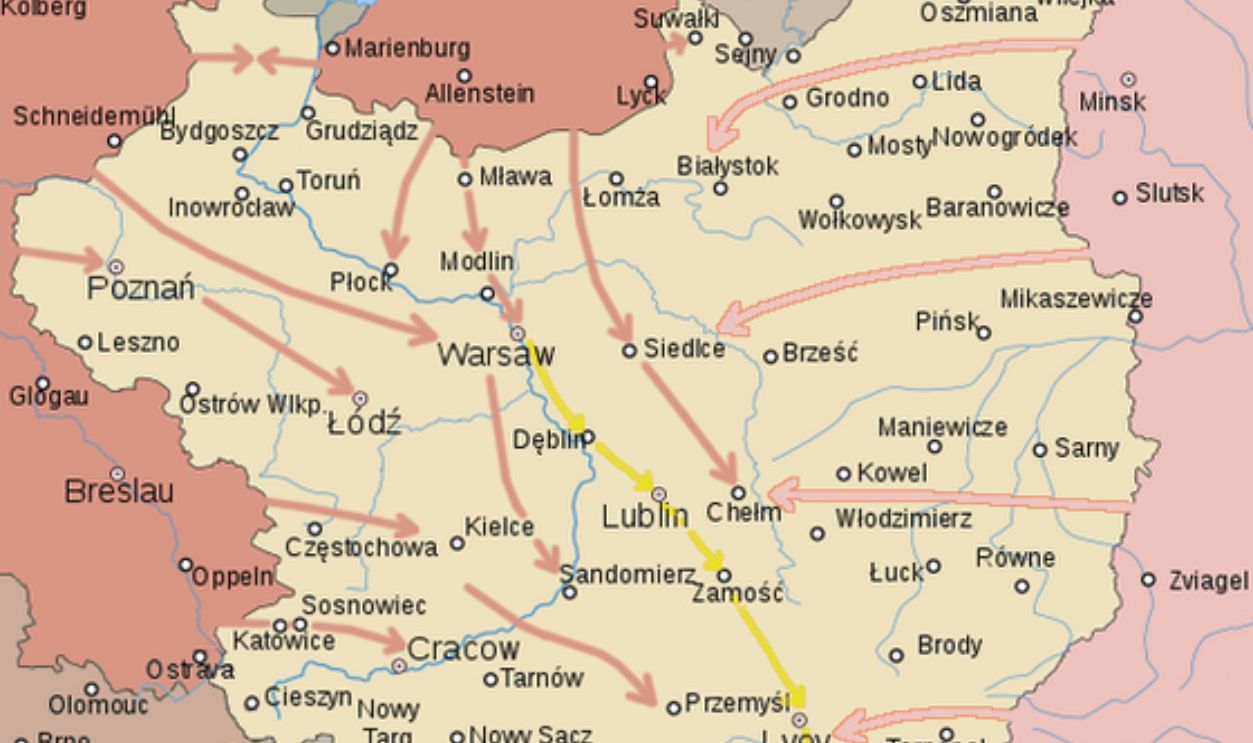 Claude Zygiel, CC BY-SA 4.0, Wikimedia Commons
Claude Zygiel, CC BY-SA 4.0, Wikimedia Commons
Germany Takes Western Poland
Following an initial period of military rule, Germany seized western Poland and the old Free City of Danzig immediately on October 8 and placed the newly formed General Government in charge of the remaining block of territory.
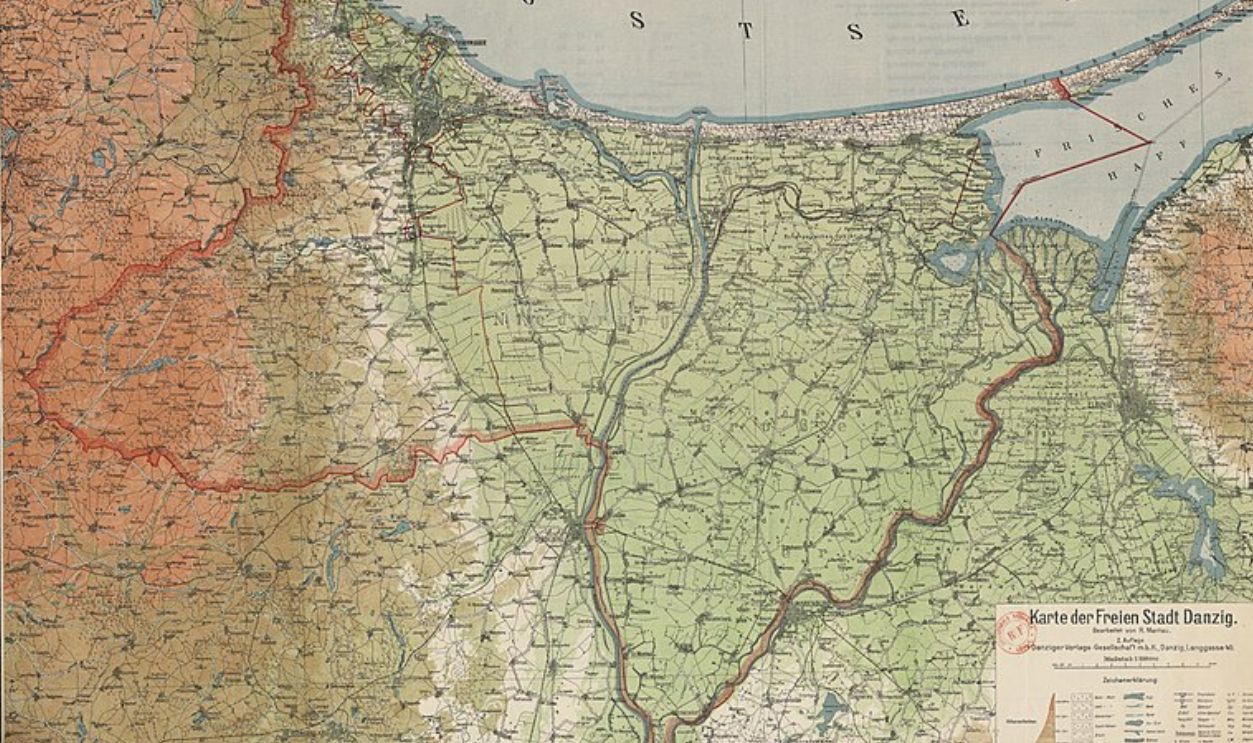 Bibliothèque nationale de France, Wikimedia Commons
Bibliothèque nationale de France, Wikimedia Commons
The Soviet Union Sovietizes Eastern Poland
The Soviet Union launched an immediate Sovietization program after integrating its recently acquired territories into the Byelorussian and Ukrainian republics. Within the borders of the former Polish state, a group of underground resistance groups established the Polish Underground State following the invasion.
Poland’s Freedom
Poland gained freedom from the Third Reich in 1945; however, true independence came in the 1990s. The sacrifices of countless resistance fighters within Poland and beyond its borders helped shape the country’s future. Among those who aided the Polish cause was Klara Andrassy—she provided a lifeline to those fleeing persecution.
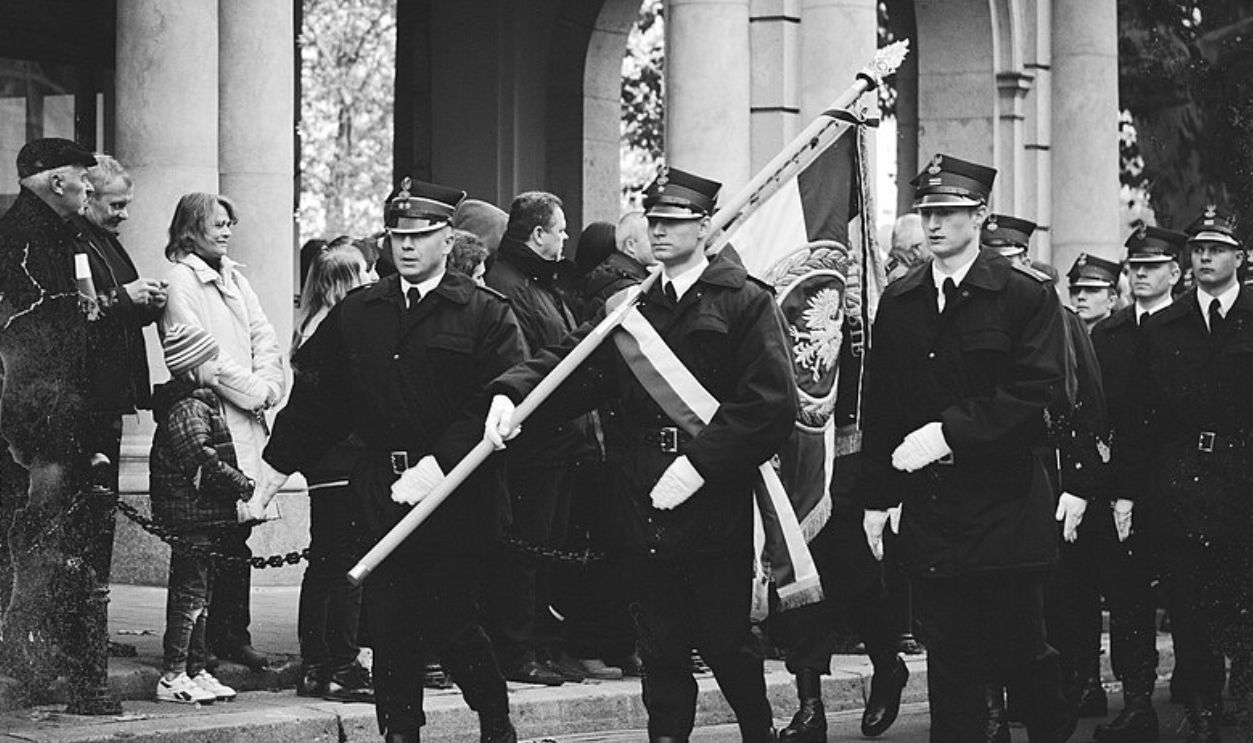 Tomasz Tom Kandula, CC BY-SA 3.0, Wikimedia Commons
Tomasz Tom Kandula, CC BY-SA 3.0, Wikimedia Commons
Klara’s Battle Legacy Lives On
More than 80 years after her passing, Klara’s essential contributions to Britain and the broader resistance movement are till being uncovered. In her sister’s autobiography, Katinka asserted that Klara did far more than escort Polish and Jewish veterans to safety—she helped in the fight for survival and justice.
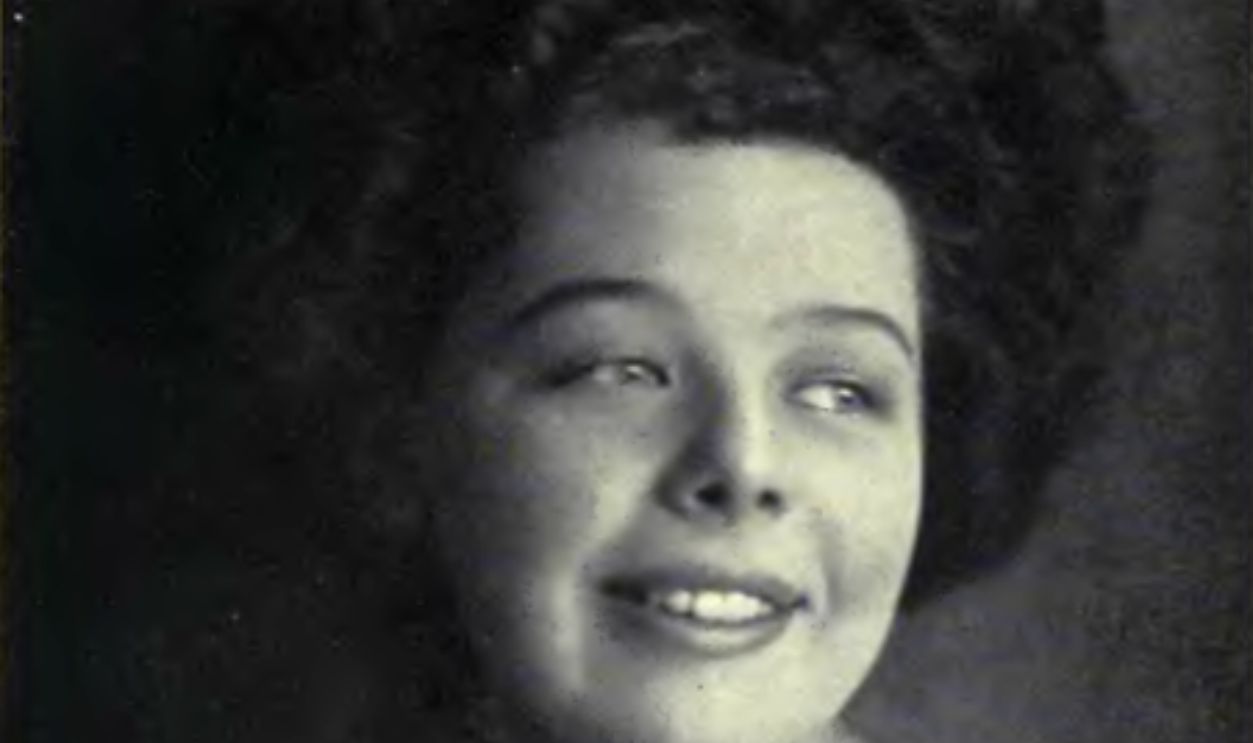 Unknown author, Wikimedia Commons
Unknown author, Wikimedia Commons
Letters Revealing Klara’s Efforts
According to Klara's sister, Captain Larkin destroyed letters introducing O'Malley to influential people in London after her demise. These letters referred to her essential contributions to the Allies, organizing the sabotaging of trains and also the other transport in Poland.
SOE Operated In Budapest
Although the SOE had a vast network in Budapest under the leadership of former journalist Basil Davidson, Britain did, in fact, conduct sabotage operations in Poland from Budapest. However, Klara is not thought to have been an agent for the group.
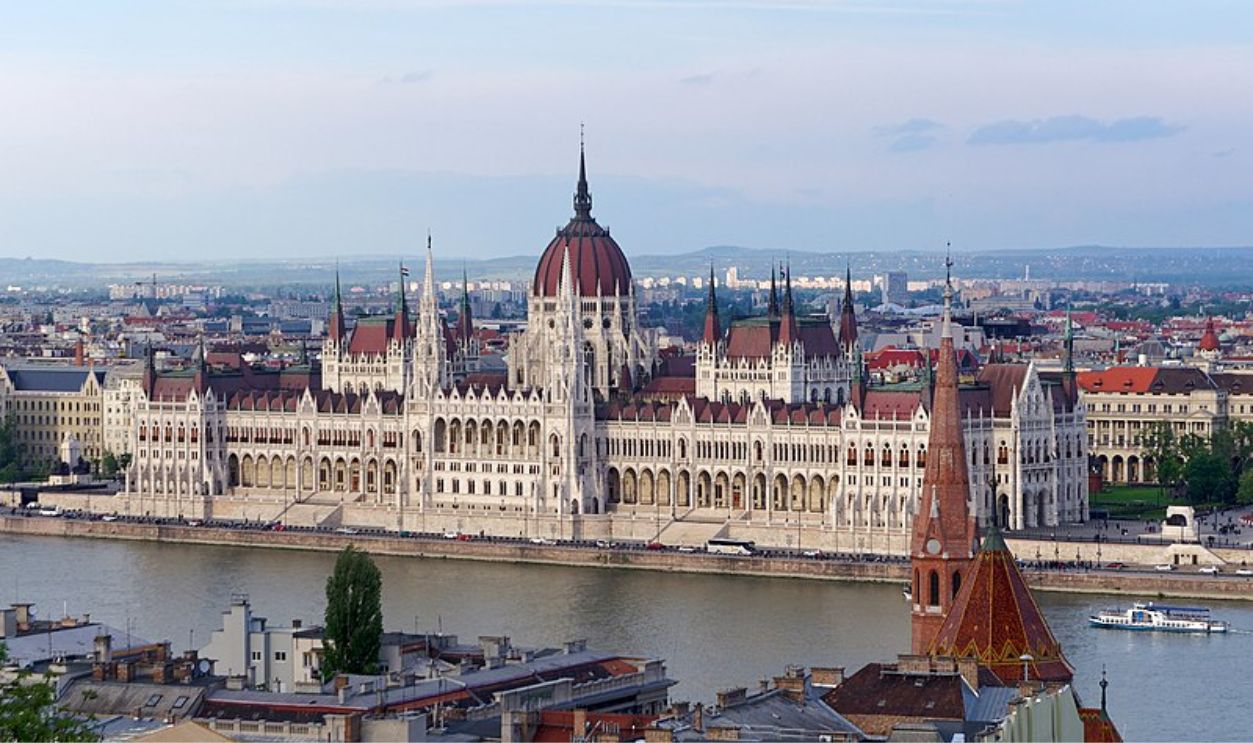 Jakub Hałun, CC BY-SA 4.0, Wikimedia Commons
Jakub Hałun, CC BY-SA 4.0, Wikimedia Commons
Davidson Emphasizes Britain’s Responsibility
Following the combat, Davidson enumerated his remaining Hungarian contacts and Britain’s obligations to them. He proposed that any moral obligation to Klara or her family should be owed to the Foreign Office rather than the SOE.
Secret Files Were Destroyed
Many of the specifics of Klara's conflict activities are likely to be stored in the closed SIS archives. A portion of the Hungarian documents have been cleared out. In 1964, a number of her Hungarian secret service files were destroyed.
O'Malley's Letters
She had a vast network of local contacts and historical ties to Western diplomats, and intelligence services were highly perilous during those gloomy communist years. However, there are still a number of references to her in O'Malley's own letters and Foreign Office documents.
O'Malley Credits Klara
After Klara’s demise, O'Malley wrote that she had been active in Polish and British interests for a long time and that she had actually served him and his employees as a very helpful agent in both legal and illicit work.
Klara Left Some Important Papers
Before leaving Budapest, Klara entrusted a case of important papers to her ex-husband, Karoly, with whom she was still friends. He promised to keep them safe. While the documents survived the combat, they were later thought to be lost—until now.
Hidden Documents Discovered
Recently, Mark Odescalchi, Klara's grandson, reportedly discovered an envelope among Karoly's papers in the family archive. Unopened for eight decades, the packet contained some of the materials she had handed Karoly, including a plethora of information about the Polish rescue effort and the camps used to house the army.
Polish Refugees Faced Harsh Conditions
In one report, British diplomat Graham Heath describes how over 2,000 Polish refugees were kept in three camps in the town of Nagykanizsa, which is located in southwest Hungary, close to the Yugoslav border. The Poles were fed and clothed, but the conditions were harsh.
Heath Reports
In January 1940, Heath noted that although the younger men were busy planning their escape to Yugoslavia on their journey to the West, the elder veterans, who had left their families behind, were depressed. Some had been turned back after three unsuccessful attempts to cross.
Diplomats Aided Polish Soldiers
Another report by Klara's friend and admirer, Francesca Wilson, described how American and British diplomats were providing the Polish soldiers with 29 footballs, books, musical instruments, and warm clothes through the Hungarian Red Cross.
Klara’s Fearless Resistance And Legacy
The whole story of Klara’s efforts may never be known, but her bravery and determination left a lasting mark. She turned the Andrassy Palace into a stronghold of resistance against the Third Reich, even under the watchful eyes of the Gestapo and their Hungarian supporters.
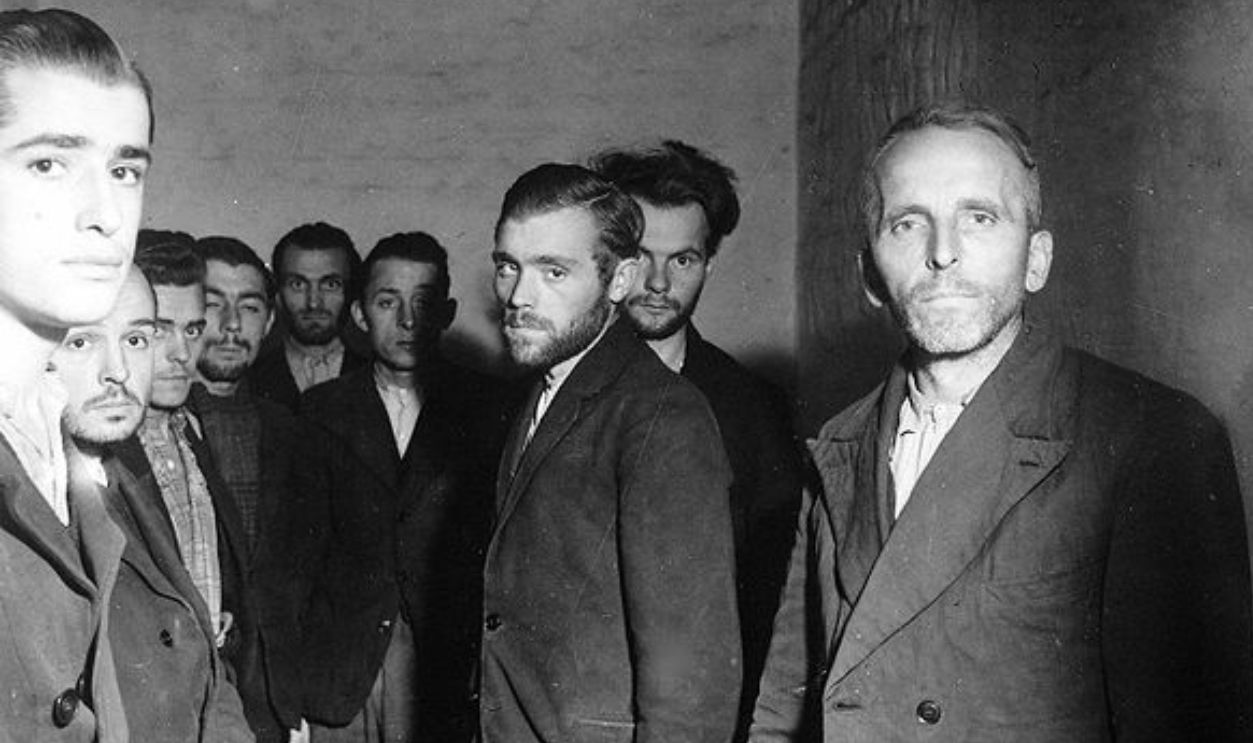 Signal Corps Photographs of American Military Activity, Wikimedia Commons
Signal Corps Photographs of American Military Activity, Wikimedia Commons
Prince Paul Odescalchi
Klara’s son, Prince Paul Odescalch, joined the Hungarian resistance to honor his mother's legacy. He was one of the last people connected to old Hungary when a few influential families, like the Eszterhazy, Apponyi, Andrassy, Szechenyi, and Odescalchi, held influence. Now, before her passing, here’s how the Poland invasion began.
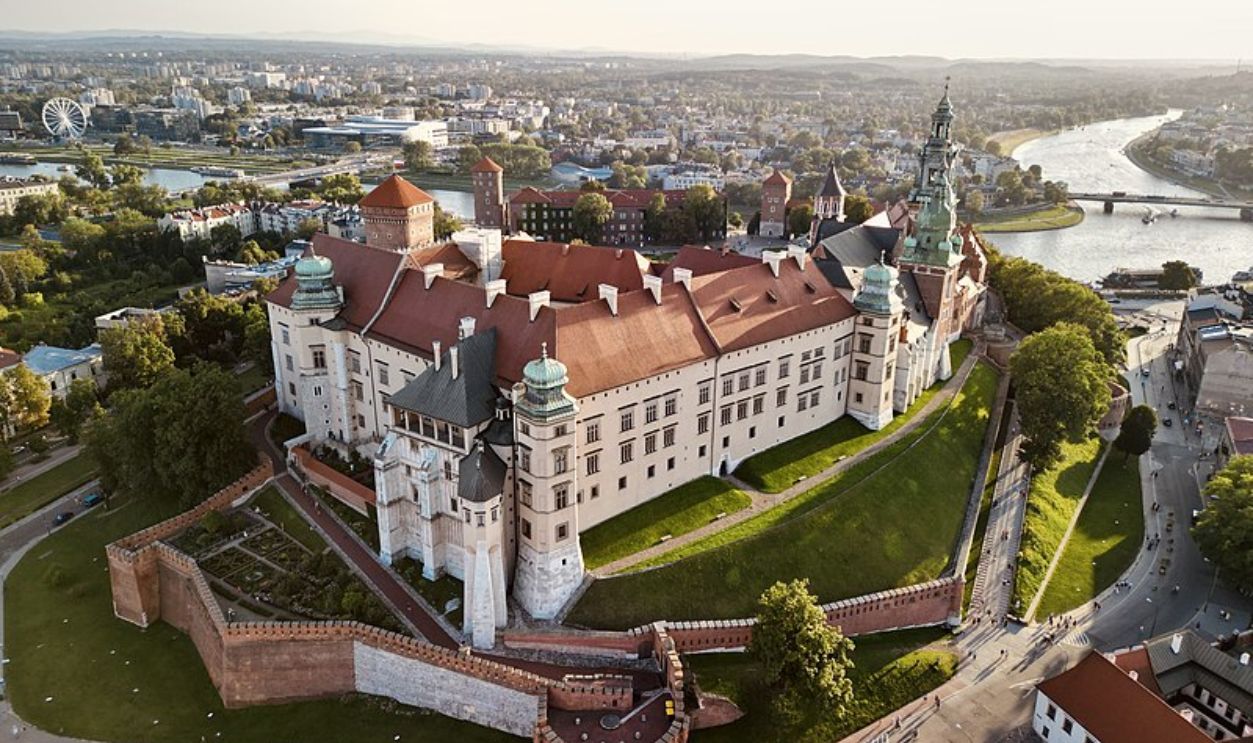 Monika Towiańska, CC BY-SA 4.0, Wikimedia Commons
Monika Towiańska, CC BY-SA 4.0, Wikimedia Commons

